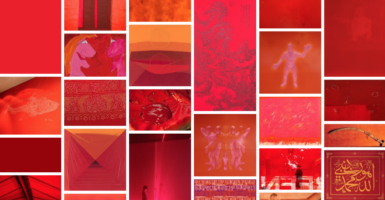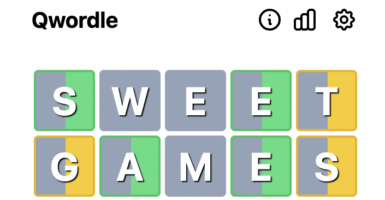History Buffs Should Pass This Renaissance Quiz
The Renaissance, a transformative cultural and intellectual movement spanning from the 14th to the 17th century in Europe, witnessed a resurgence of art, science, and humanism. It marked a departure from the medieval era’s rigid dogmas, embracing a renewed interest in classical antiquity, especially Greek and Roman knowledge.
This period saw remarkable achievements in art, exemplified by the works of Leonardo da Vinci, Michelangelo, and Raphael, and groundbreaking advancements in science by figures such as Galileo Galilei and Johannes Kepler. Humanism, with its focus on individualism and human potential, emerged as a guiding philosophy. If you consider yourself a history buff, test your knowledge of the Renaissance!
Who is often regarded as the “Father of the Renaissance”?
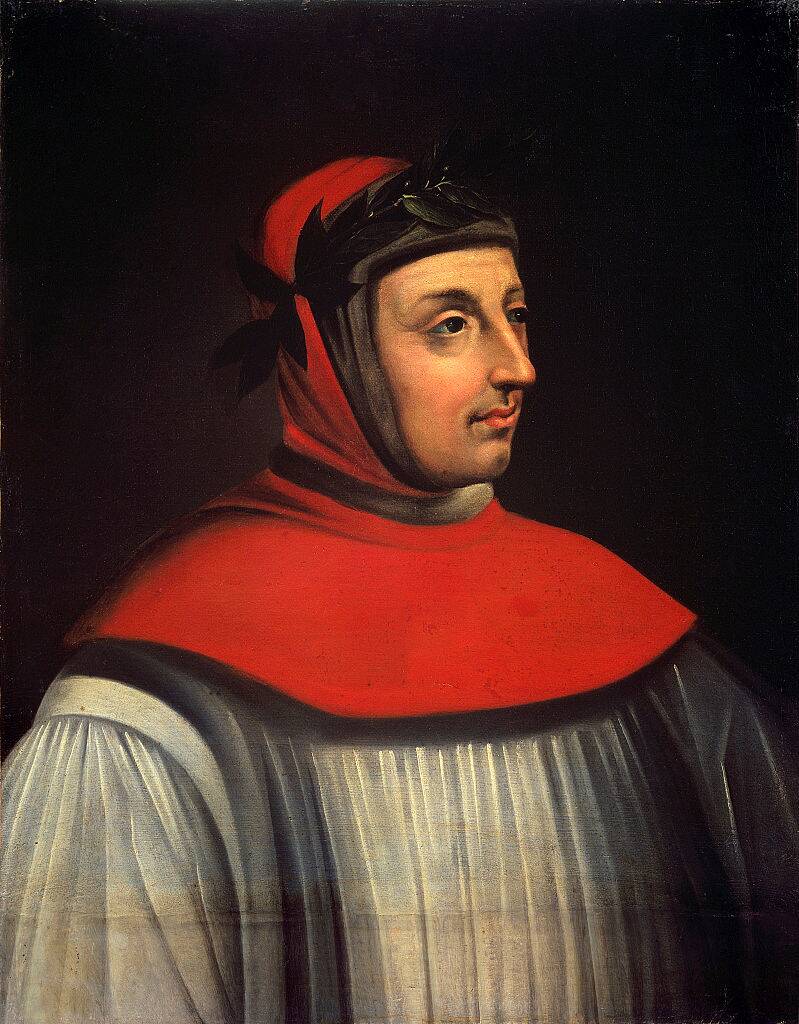
A. Petrarch
B. Leonardo da Vinci
C. Galileo Galilei
D. Christopher Columbus
Answer: Petrarch
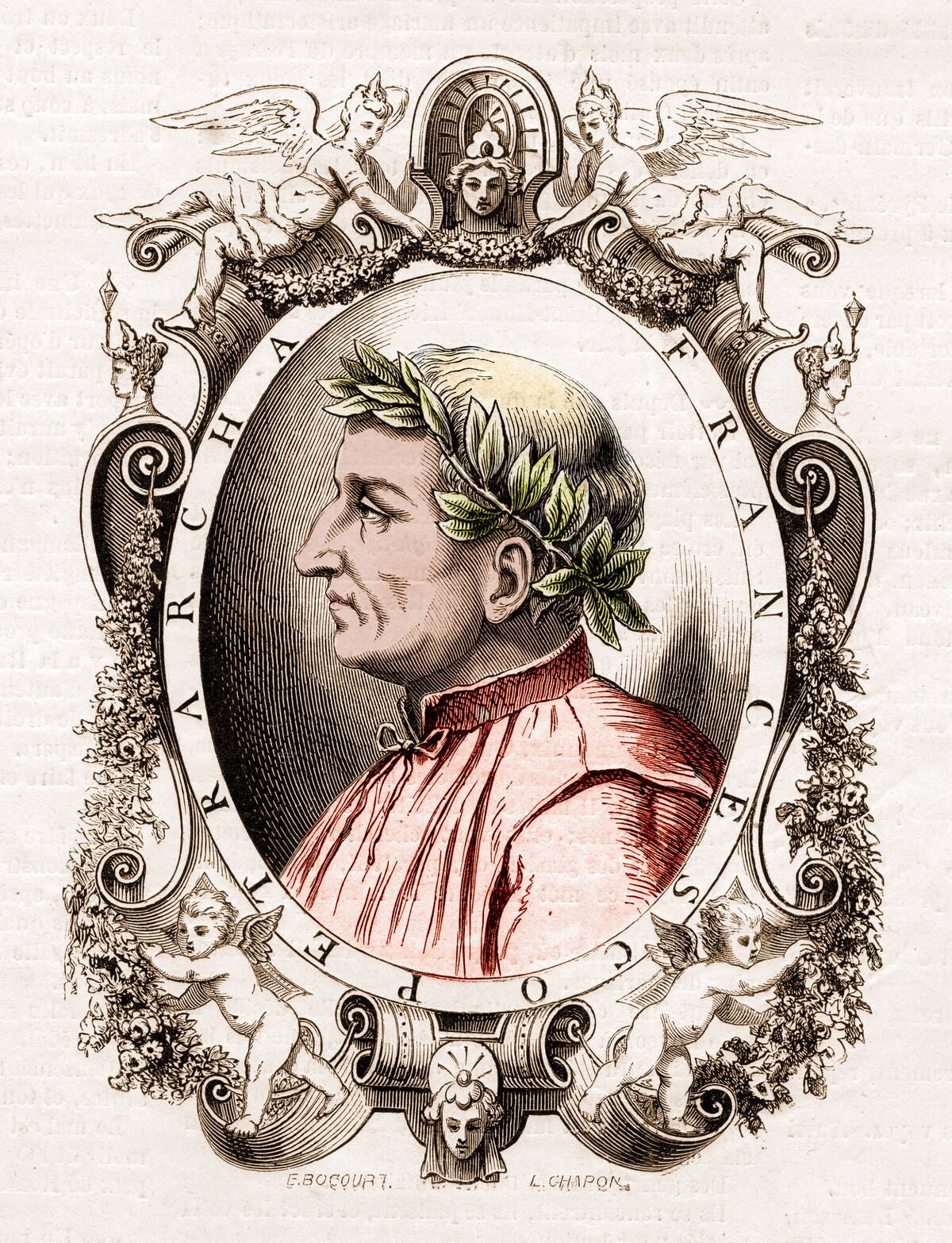
Petrarch, born in 1304, was a renowned Italian poet and scholar during the Renaissance. Often called the “Father of Humanism,” he championed classical literature’s revival, inspiring a cultural shift towards human-centered values and intellectual exploration.
In which Italian city did the Renaissance originate?
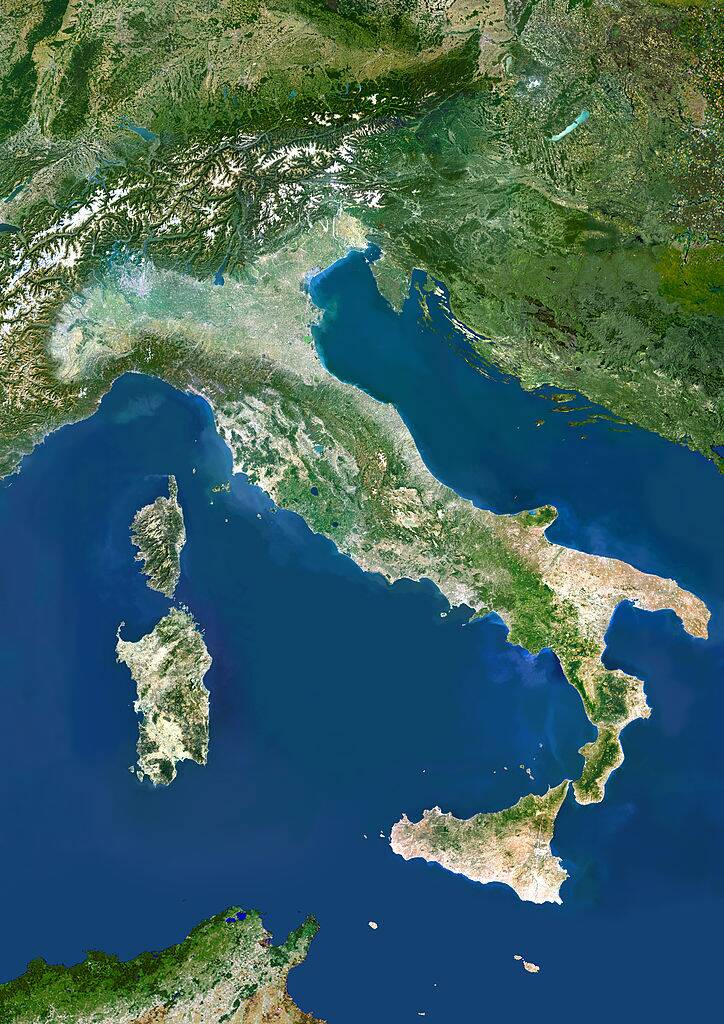
A. Venice
B. Florence
C. Rome
D. Milan
Answer: Florence
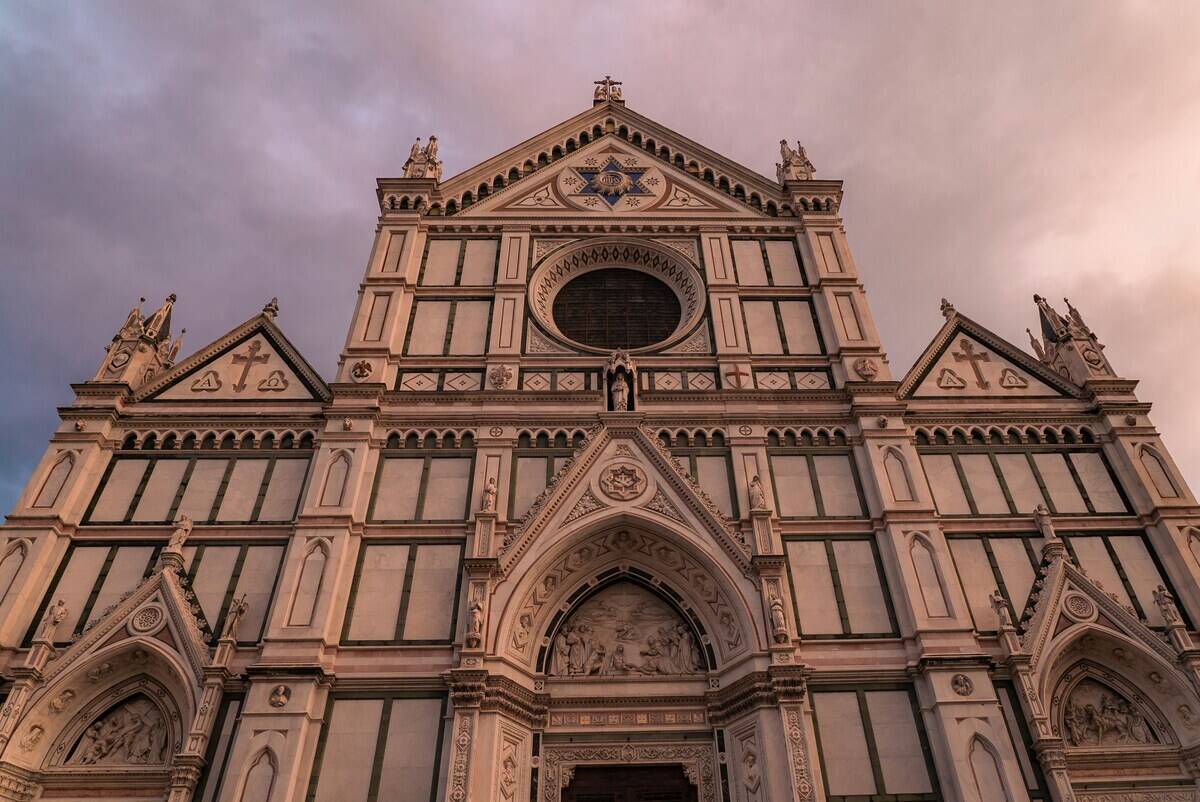
Florence, Italy, a cradle of the Renaissance, is renowned for its rich artistic heritage, including works by Michelangelo, Botticelli, and Leonardo da Vinci. The city’s cultural legacy and architectural beauty continue to captivate visitors worldwide.
Who painted the famous artwork Mona Lisa?
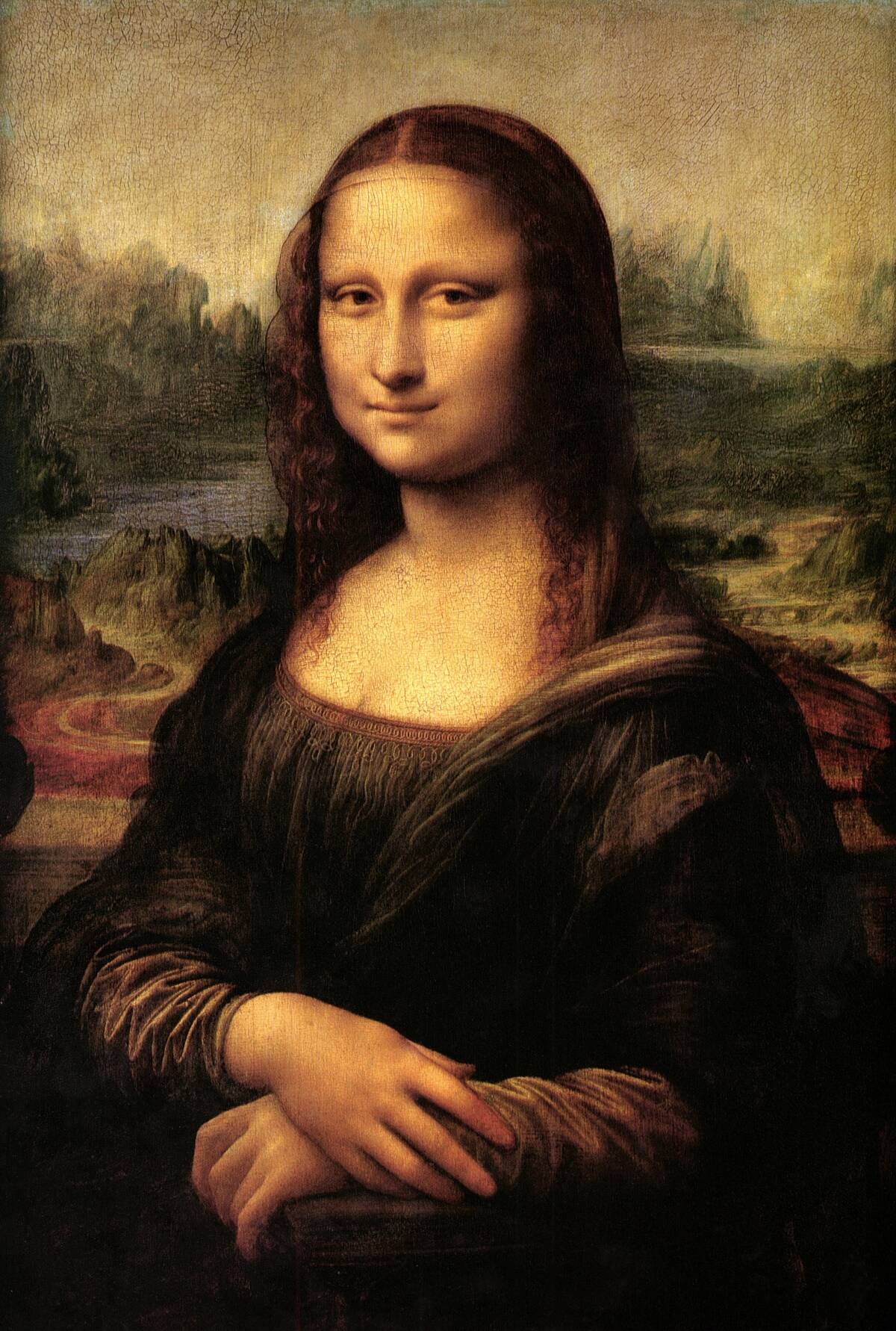
A. Michelangelo
B. Raphael
C. Leonardo da Vinci
D. Titian
Answer: Leonardo da Vinci
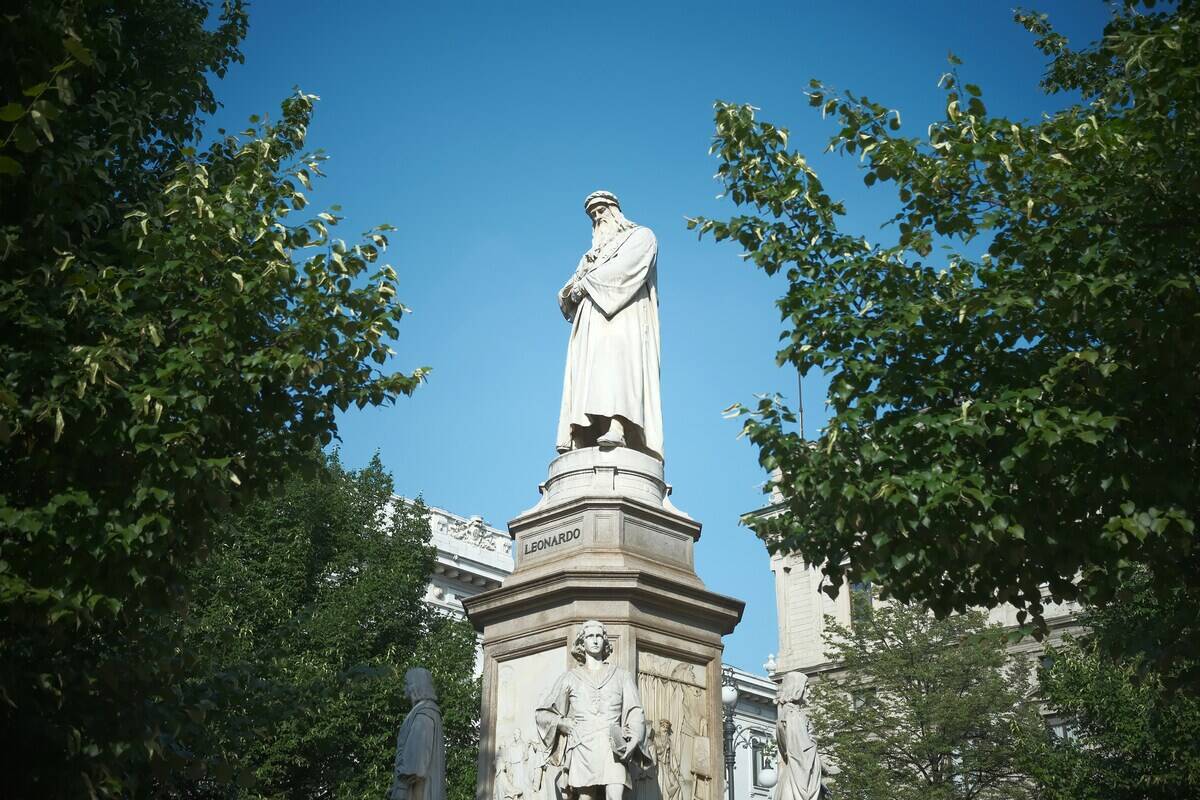
Leonardo da Vinci, the quintessential Renaissance polymath, was an Italian artist, scientist, and inventor. He is best known for the Mona Lisa, an enigmatic masterpiece renowned for its exquisite detail and the subject’s mysterious smile, making it an enduring symbol of artistry and intrigue.
What term refers to the intellectual movement that emphasized human potential and achievement?
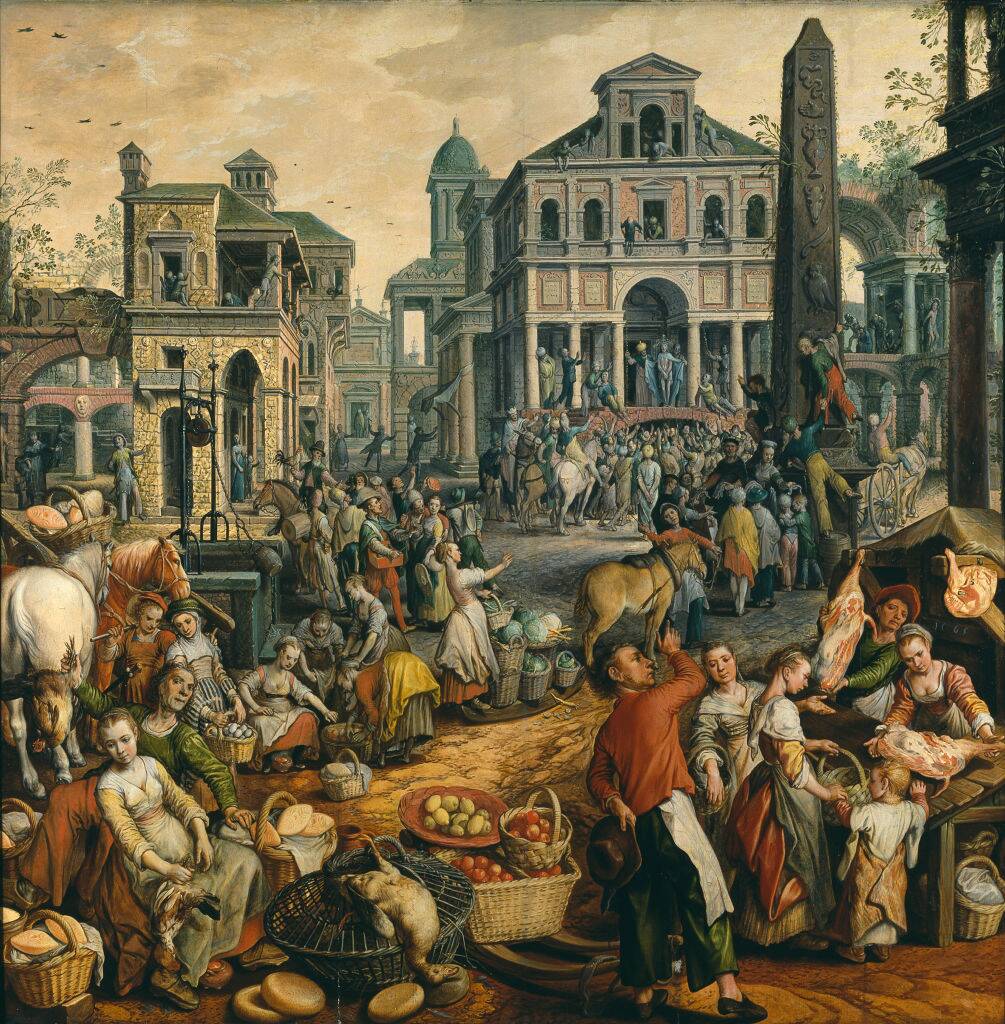
A. Realism
B. Impressionism
C. Romanticism
D. Humanism
Answer: Humanism

Humanism, a pivotal Renaissance philosophy, celebrated human potential and individualism. It emphasized classical education, critical thinking, and the pursuit of knowledge, contributing to a cultural shift that reshaped art, science, and society during this transformative period in history.
Who wrote The Prince, a strategic treatise on leadership?
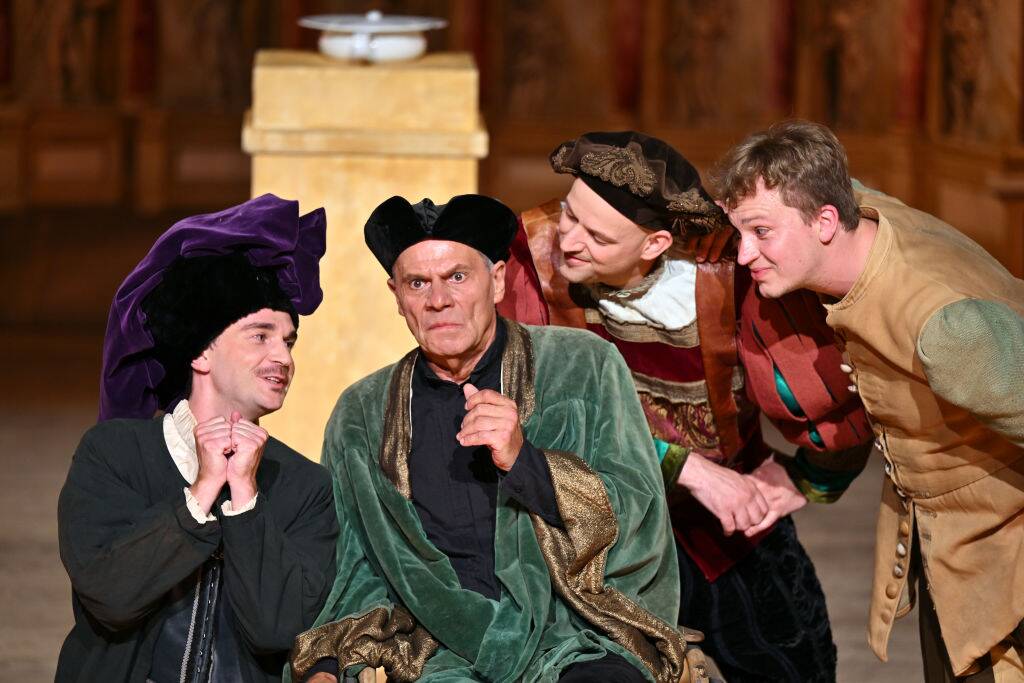
A. Niccolò Machiavelli
B. Dante Alighieri
C. Francesco Petrarch
D. Boccaccio
Answer: Niccolò Machiavelli
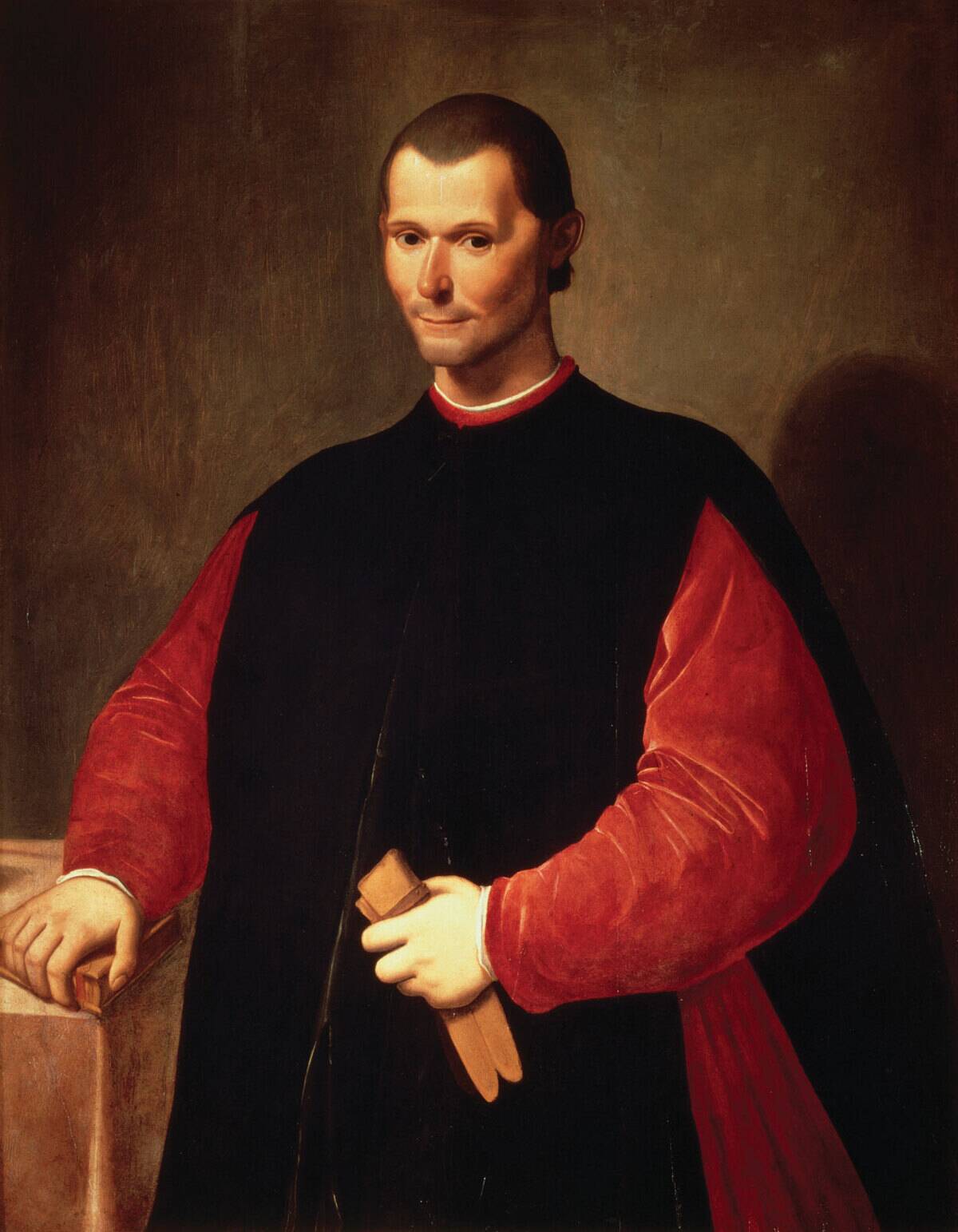
Niccolò Machiavelli was an Italian diplomat and political philosopher during the Renaissance. His seminal work, The Prince, explored the pragmatic and often ruthless nature of political leadership, laying the foundation for modern political science and the term “Machiavellian.”
Which Renaissance artist is known for painting the Sistine Chapel ceiling in the Vatican?
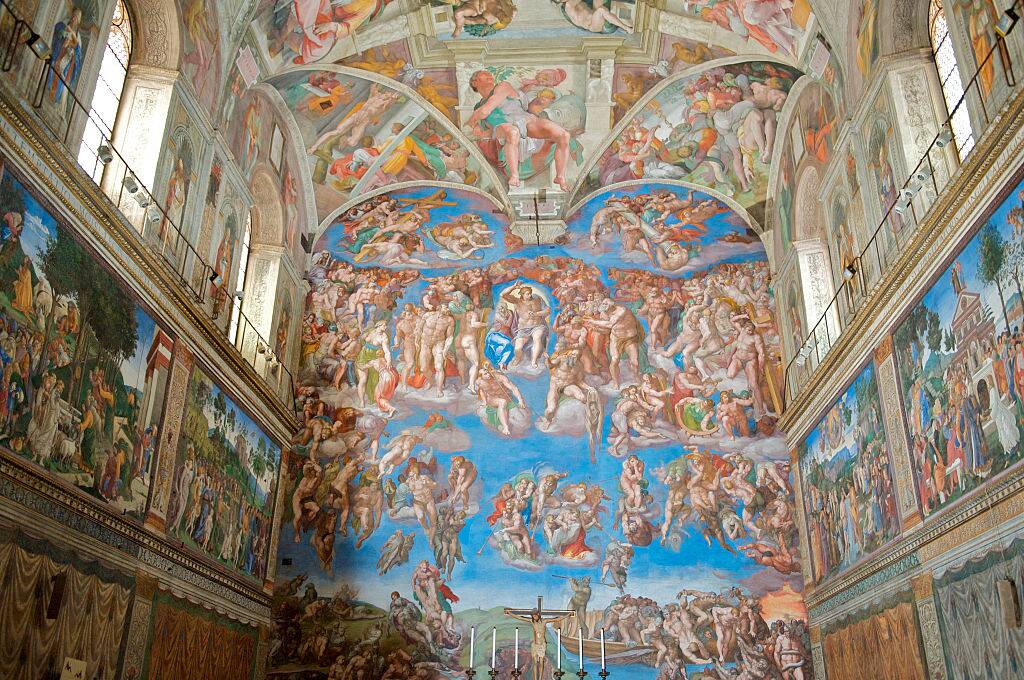
A. Donatello
B. Michelangelo
C. Leonardo da Vinci
D. Botticelli
Answer: Michelangelo

A Renaissance genius, Michelangelo Buonarroti adorned the Sistine Chapel’s ceiling with breathtaking frescoes, including The Creation of Adam and The Last Judgment. His monumental artistry in this sacred space is a testament to human creativity and spirituality.
The Renaissance began in the 14th century and continued until when?
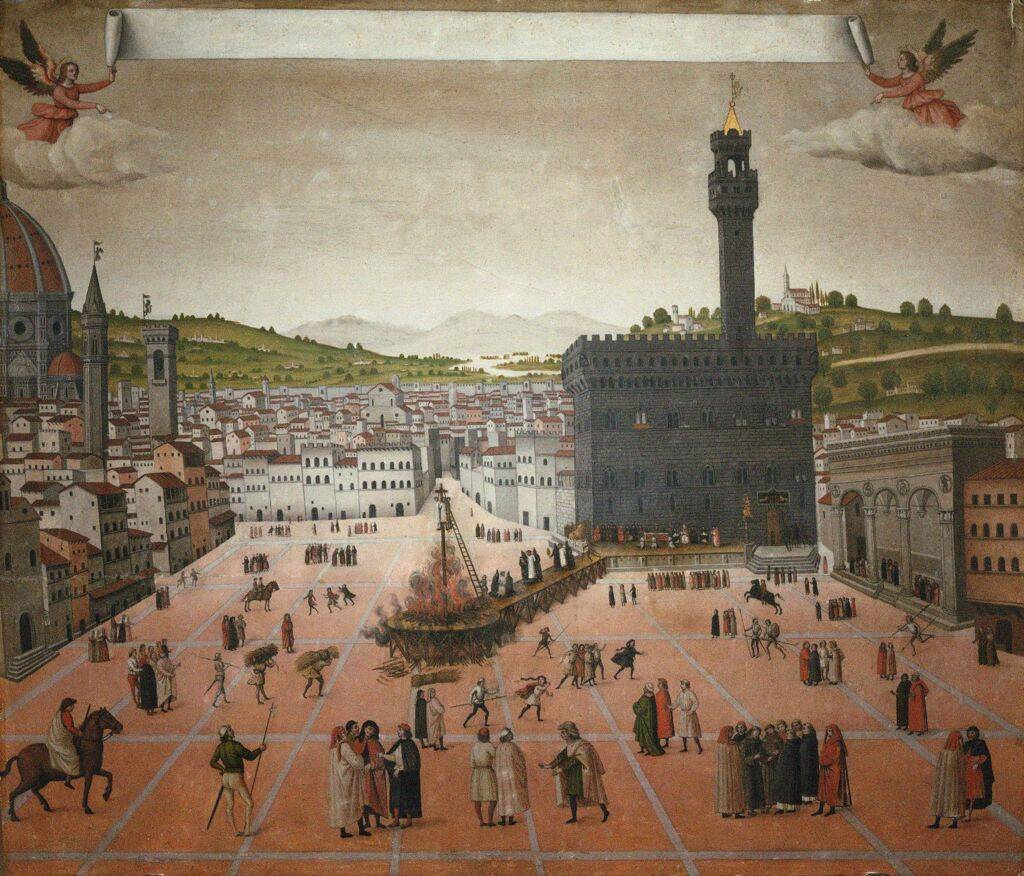
A. 20th century
B. 18th century
C. 15th century
D. 17th century
Answer: 15th century
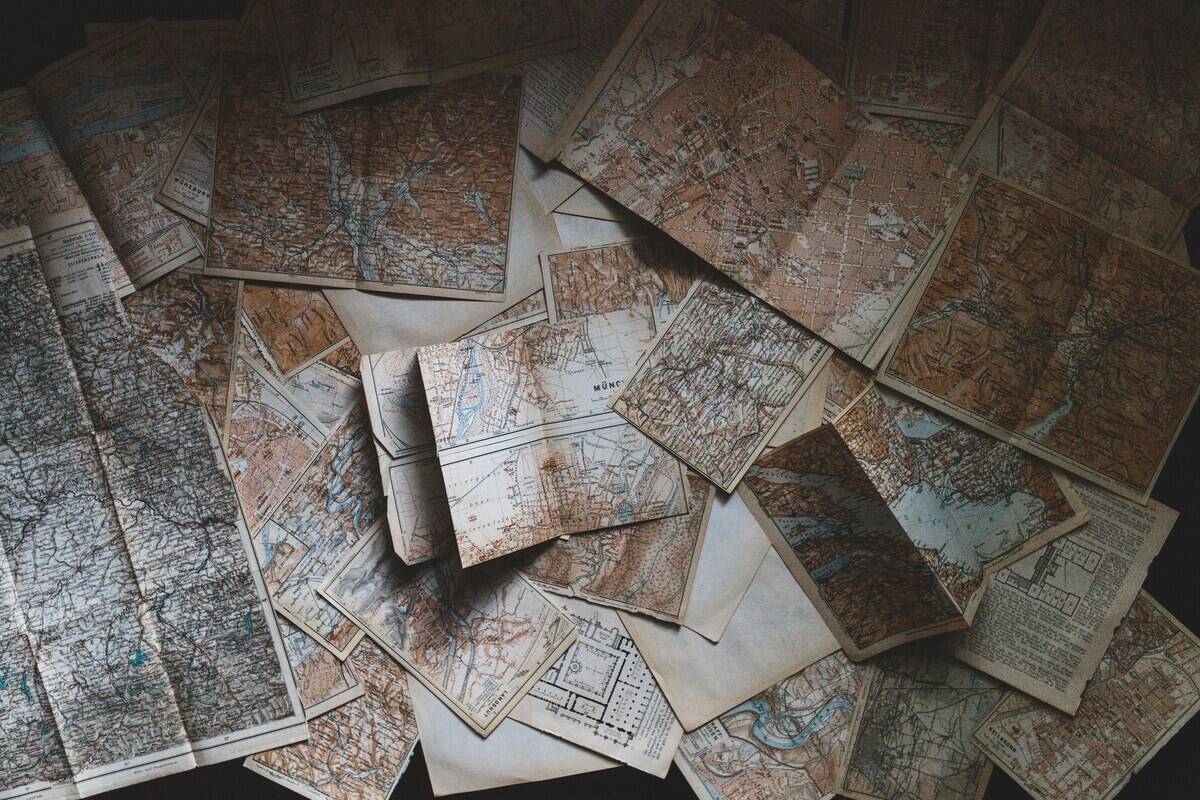
The Renaissance gradually faded by the 15th century due to several factors: political instability, religious conflicts (like the Protestant Reformation), economic challenges, and the emergence of the Baroque era, which shifted artistic and intellectual focus away from Renaissance ideals.
Who invented the printing press, which played a pivotal role in the spread of Renaissance ideas?
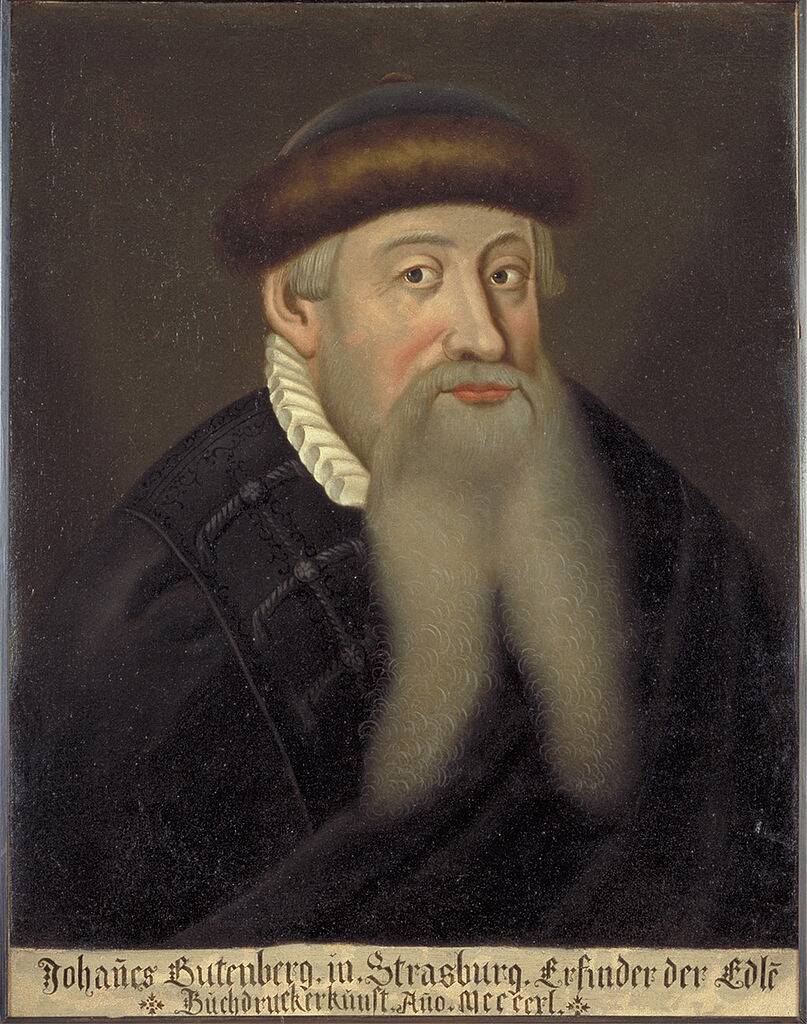
A. Galileo Galilei
B. Leonardo da Vinci
C. Christopher Columbus
D. Johannes Gutenberg
Answer: Johannes Gutenberg
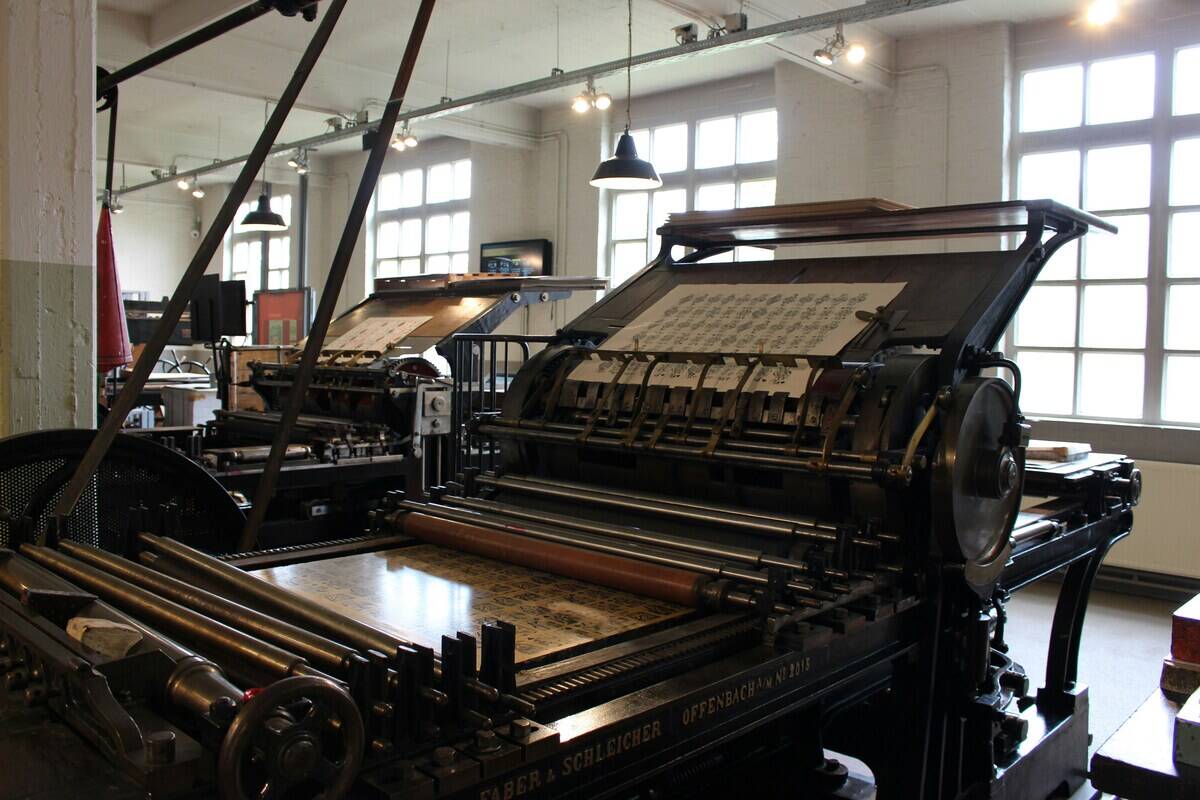
Johannes Gutenberg was a German inventor and printer who introduced the movable-type printing press to Europe in the 15th century. His invention revolutionized communication, making books more affordable and accessible, thereby significantly impacting knowledge dissemination during the Renaissance.
Which Renaissance artist is famous for his School of Athens fresco?
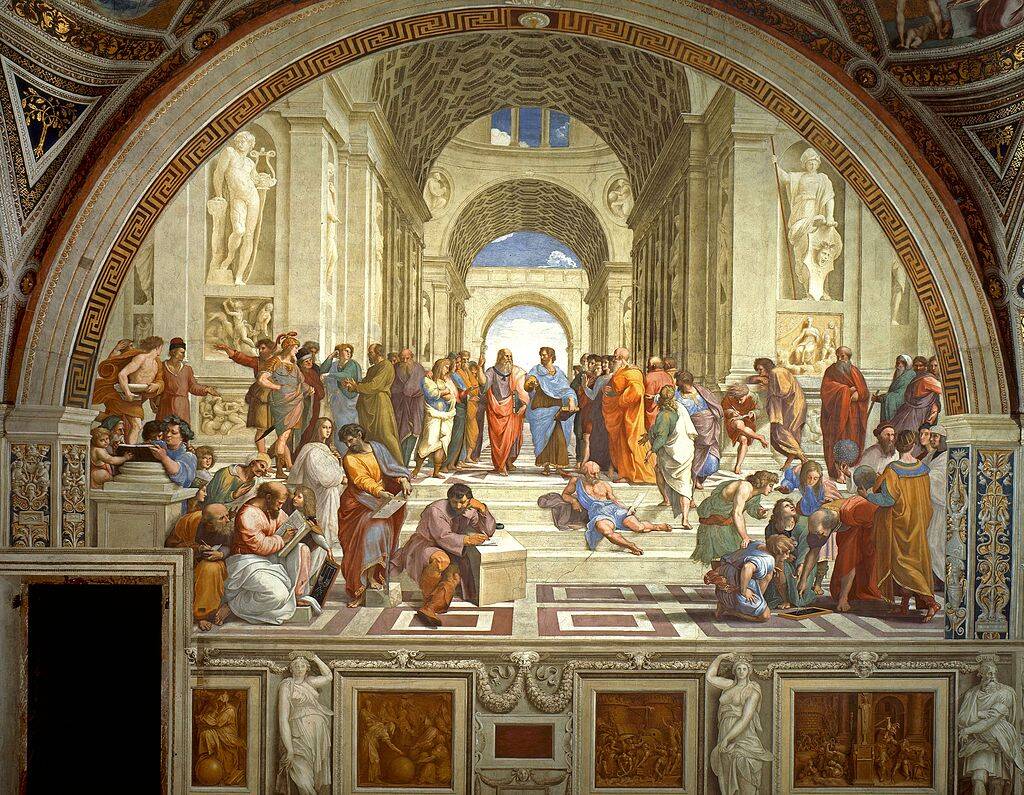
A. Raphael
B. Donatello
C. Leonardo da Vinci
D. Titian
Answer: Raphael
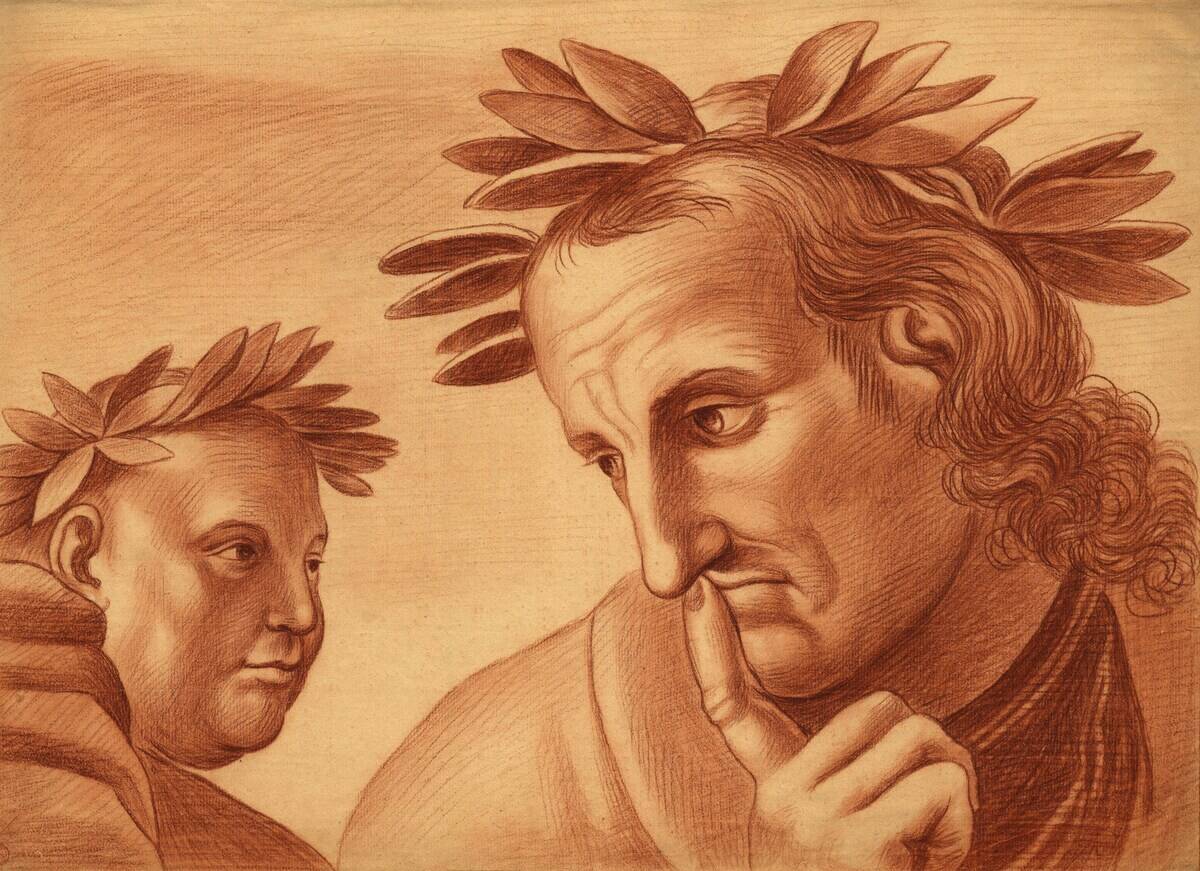
Raphael was an illustrious Italian Renaissance painter known for his exquisite works, such as the School of Athens and Madonnas. His art embodied harmony, grace, and idealized beauty, leaving an indelible mark on the Renaissance era.
Who famously challenged the geocentric model of the universe?
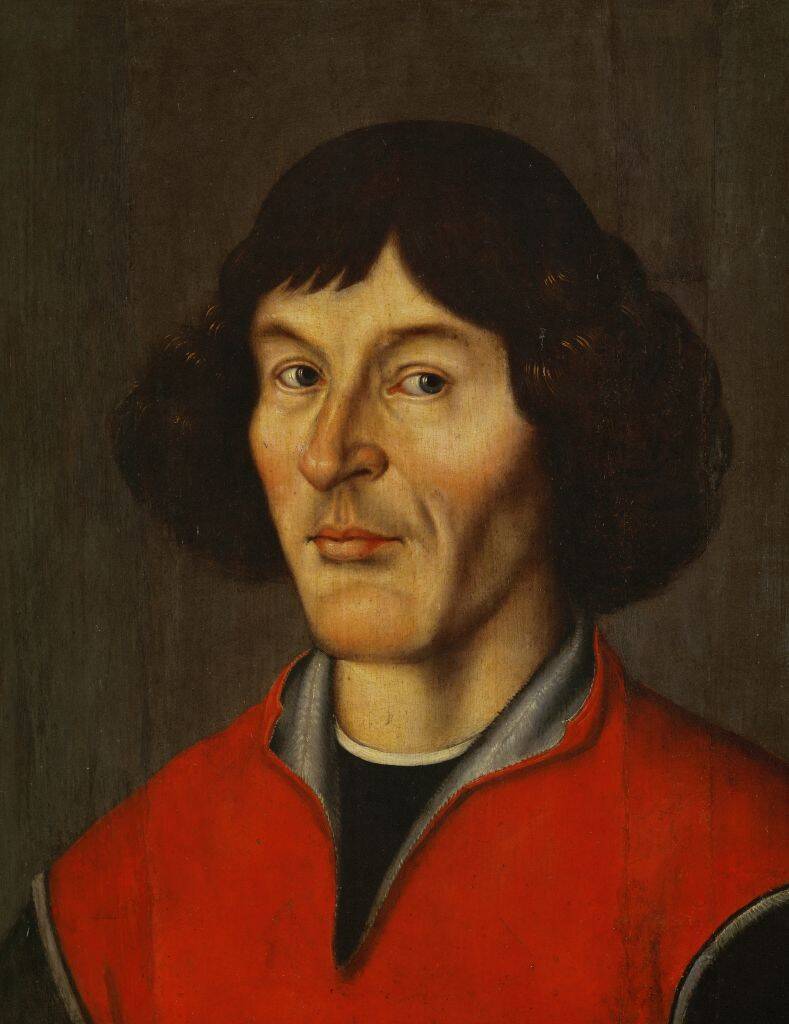
A. Galileo Galilei
B. Copernicus
C. Kepler
D. Ptolemy
Answer: Copernicus
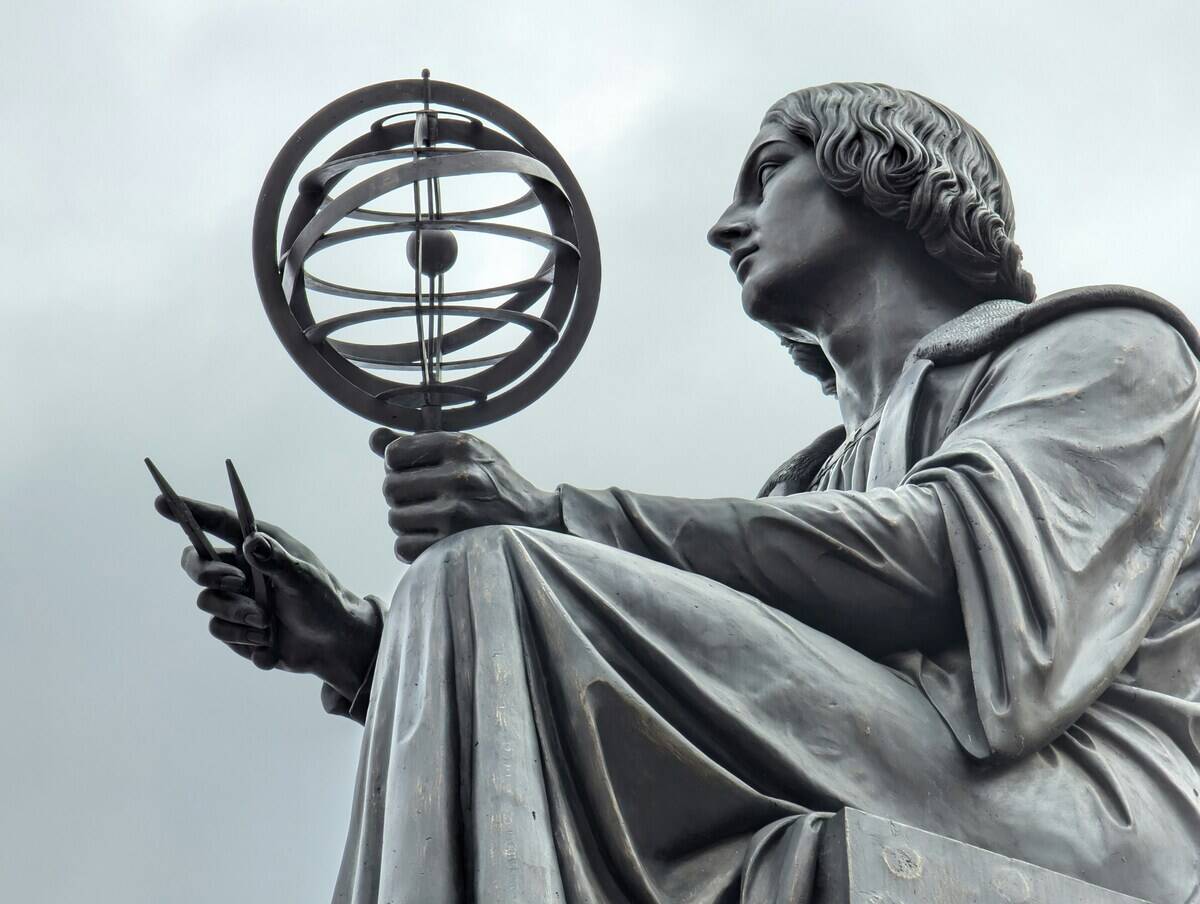
Nicolaus Copernicus was a Polish mathematician and astronomer. He challenged the geocentric model of the universe with his heliocentric theory, proposing that Earth and other planets revolve around the sun, profoundly reshaping our understanding of the cosmos during the Renaissance.
Which Medici family member is known for being a prominent patron of the arts?
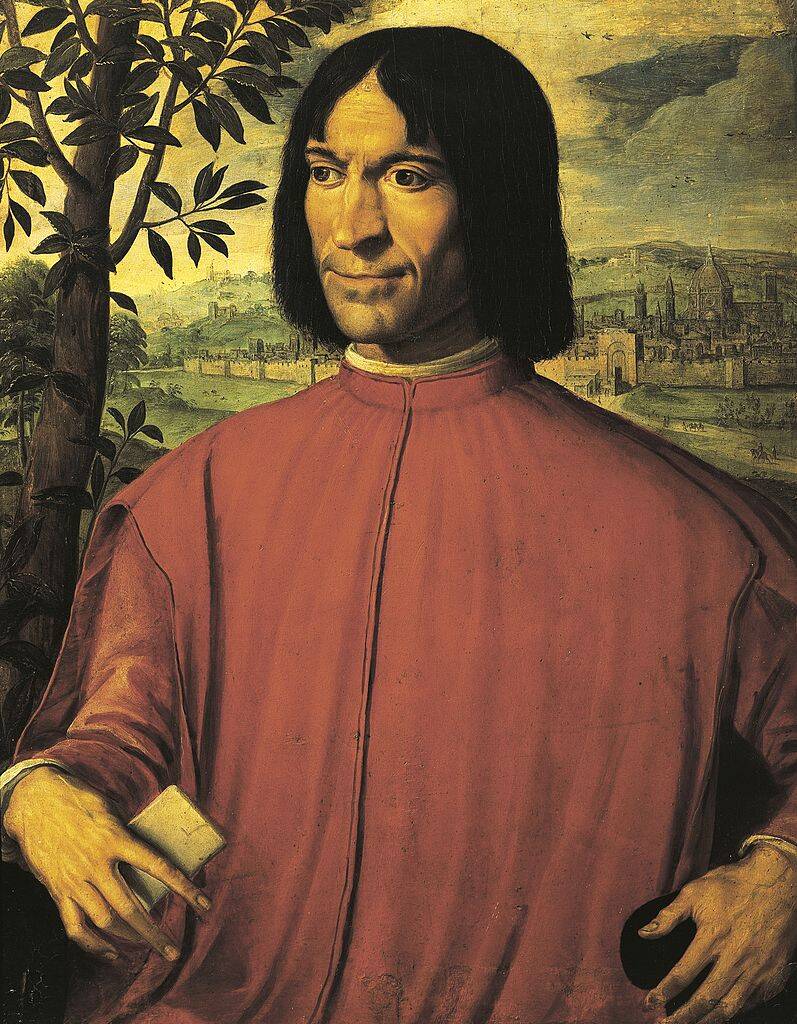
A. Cosimo de’ Medici
B. Girolamo Savonarola
C. Lorenzo de’ Medici
D. Pope Julius II
Answer: Lorenzo de’ Medici
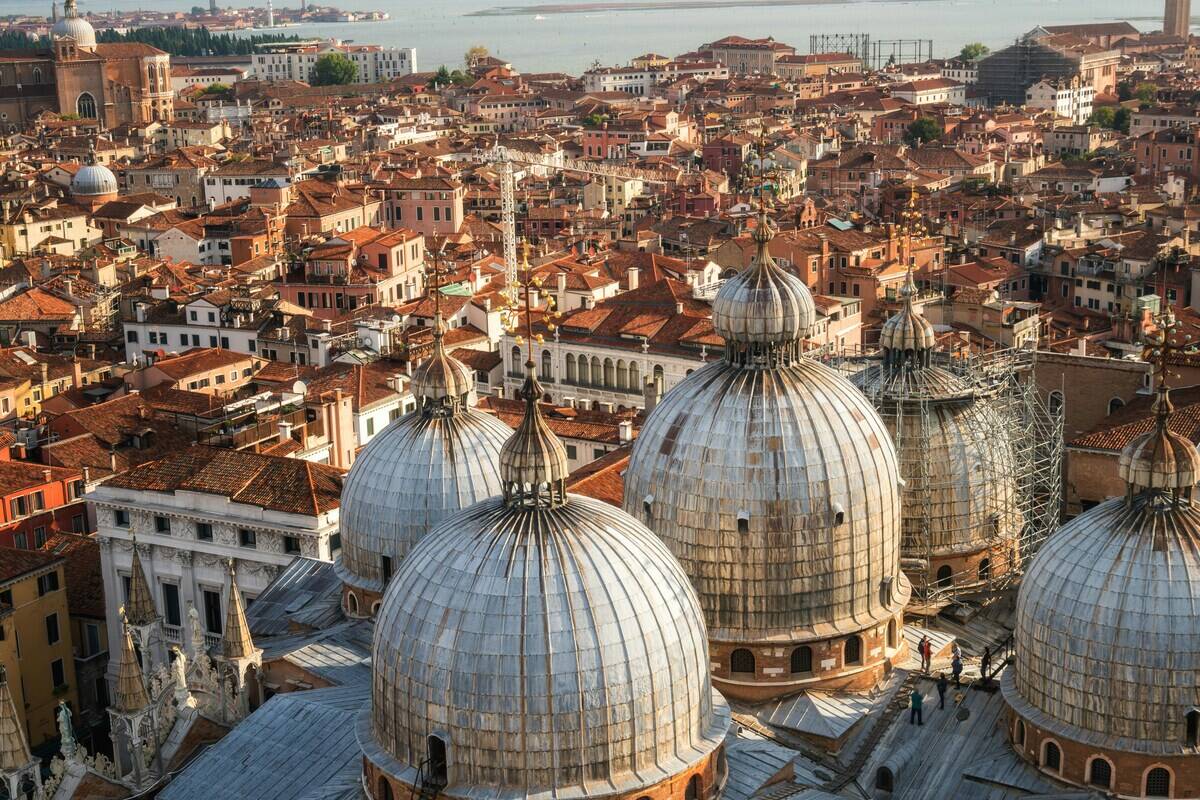
Lorenzo de’ Medici, known as “Lorenzo the Magnificent,” was a Florentine statesman and patron of the arts during the Renaissance. He supported artists and thinkers, fostering a cultural renaissance in Florence and making it a vibrant hub of creativity and intellectual innovation.
Who wrote The Decameron, a collection of tales set during the Black Death in Italy?
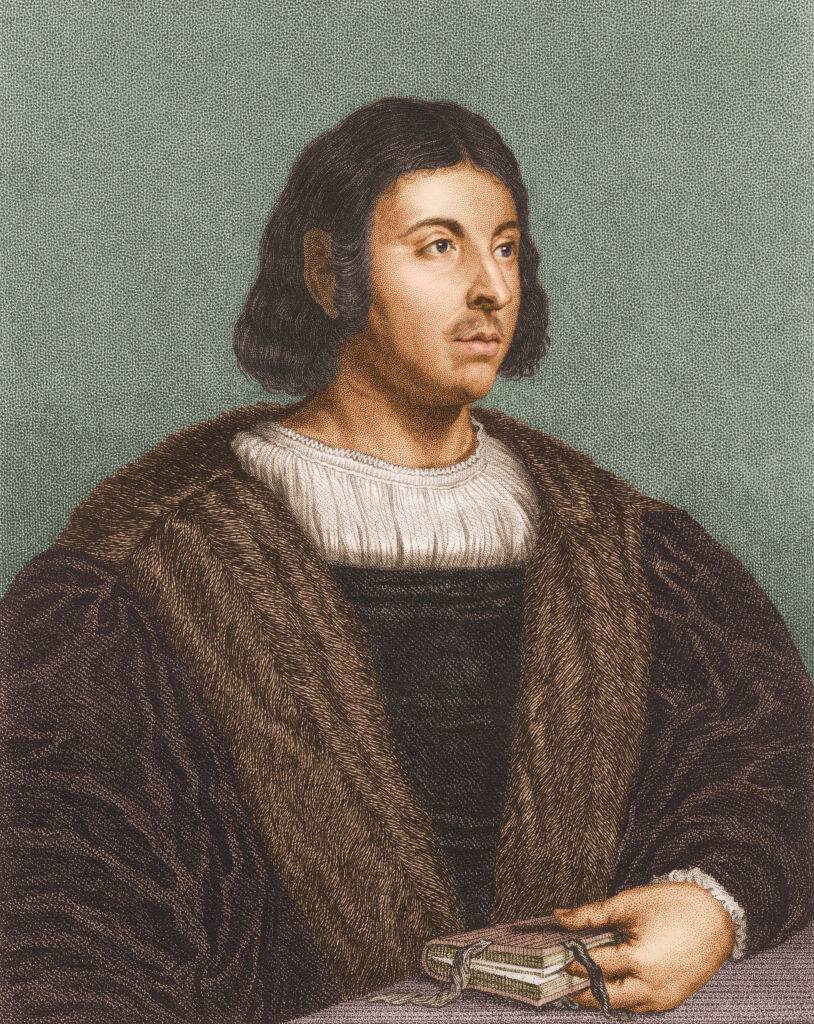
A. Dante Alighieri
B. Petrarch
C. Machiavelli
D. Boccaccio
Answer: Boccaccio
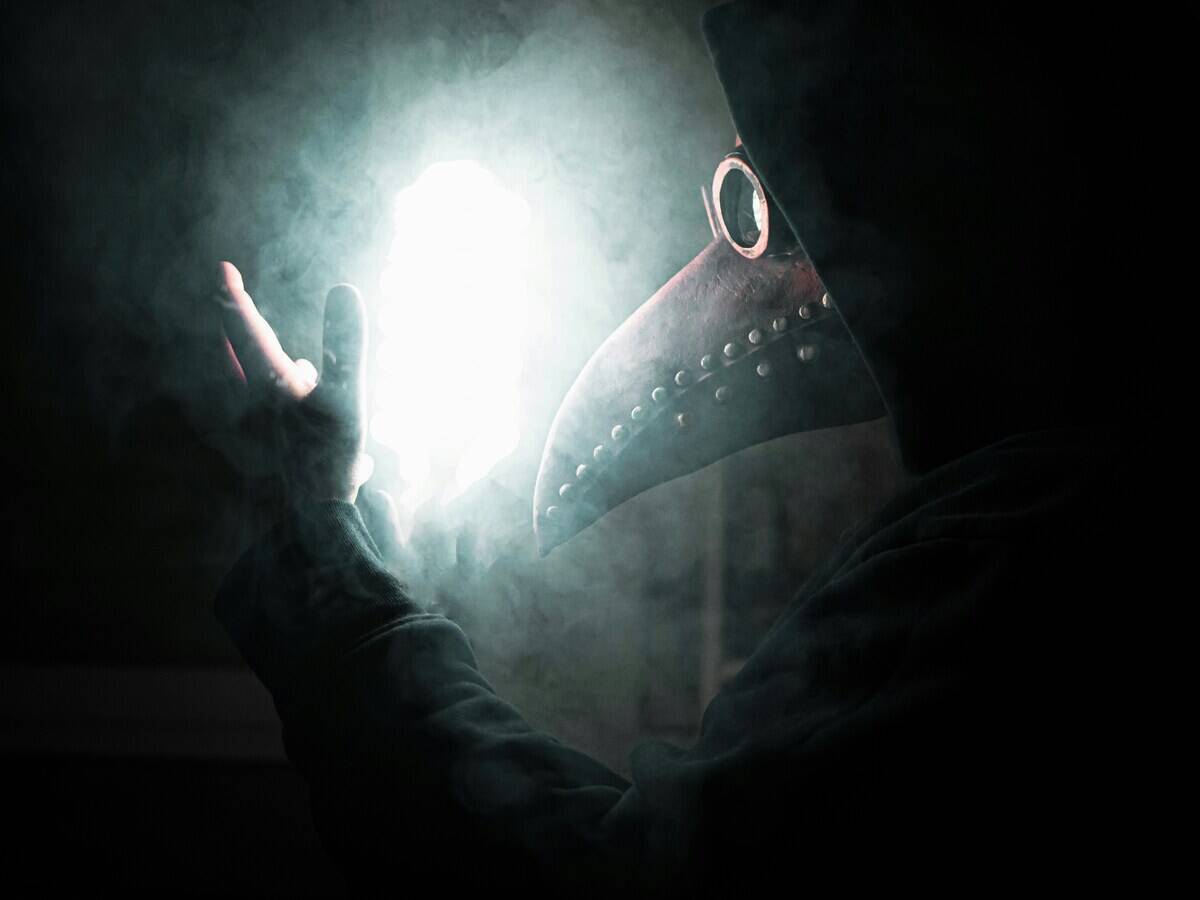
Giovanni Boccaccio was an Italian writer and poet renowned for his literary masterpiece, The Decameron. This collection of tales, set during the Black Death, reflects human nature, society, and love, contributing significantly to Italian Renaissance literature.
The Renaissance saw the revival of interest in the works of which ancient Roman author?
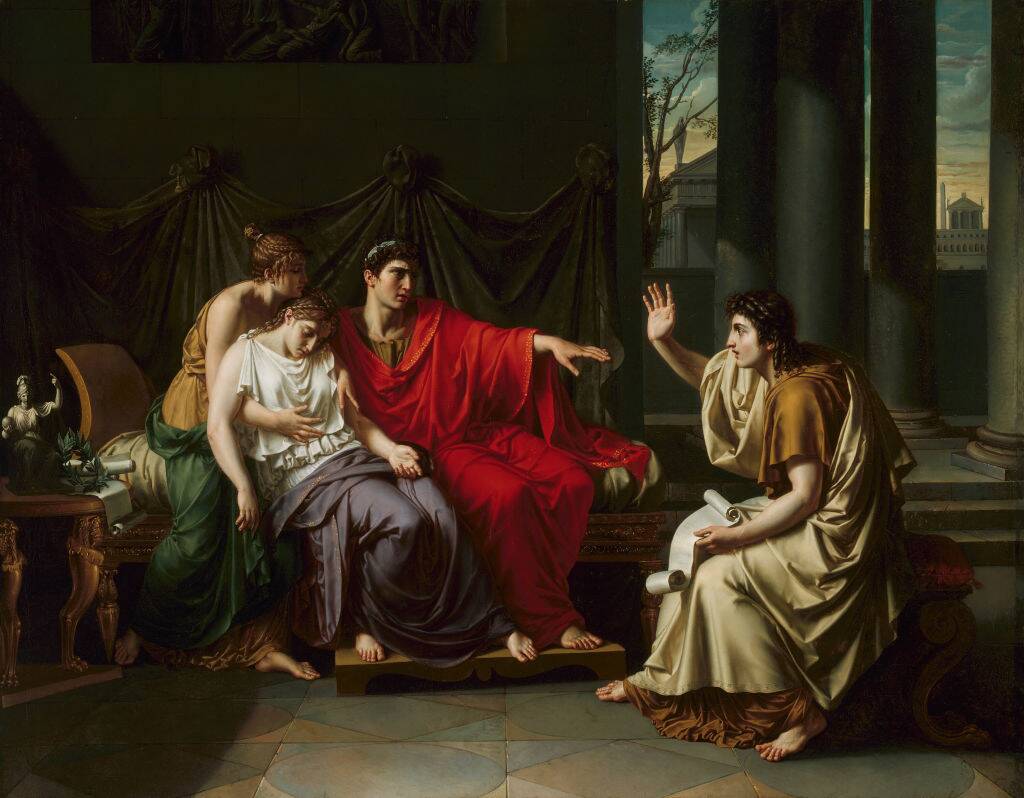
A. Virgil
B. Ovid
C. Cicero
D. Livy
Answer: Virgil
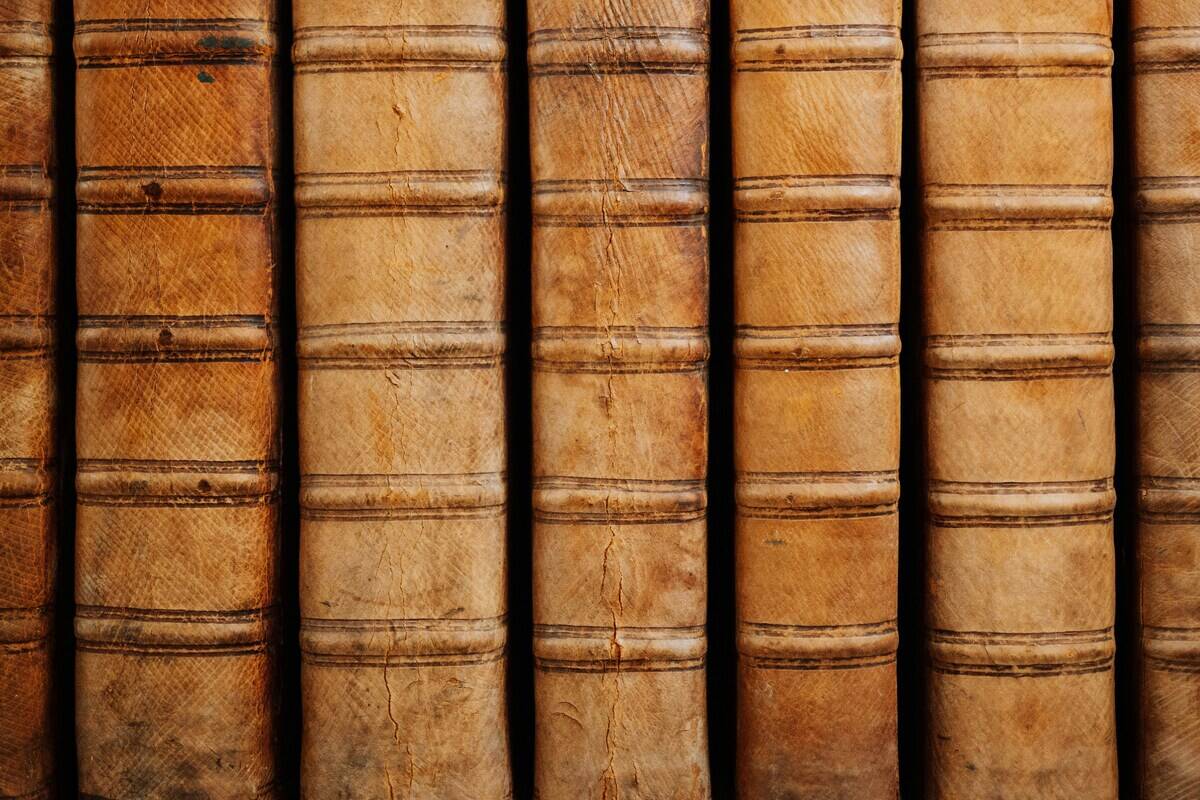
A Roman poet Virgil is celebrated for his epic poem, the Aeneid. This work, inspired by Homer’s epics, narrates the legendary journey of Aeneas, becoming a vital literary source that profoundly influenced Renaissance literature and culture.
Which Renaissance scientist made significant contributions to the field of anatomy through dissection?
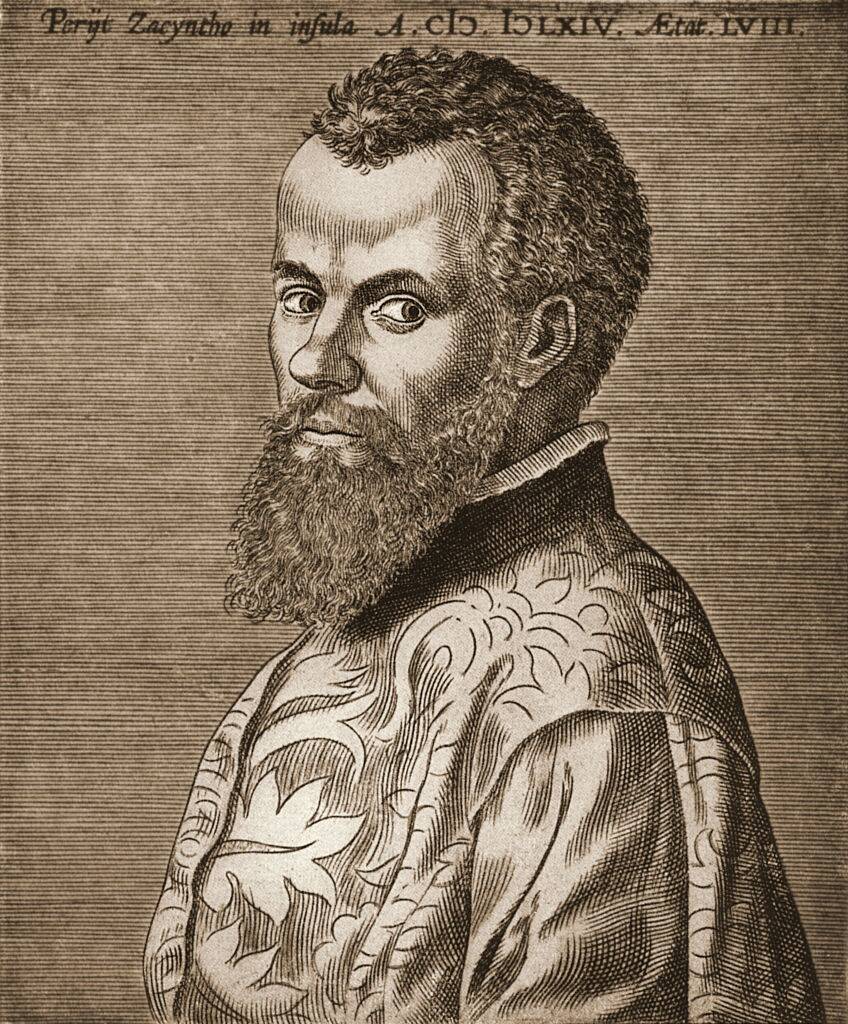
A. Galileo Galilei
B. Andreas Vesalius
C. Johannes Kepler
D. Francis Bacon
Answer: Andreas Vesalius
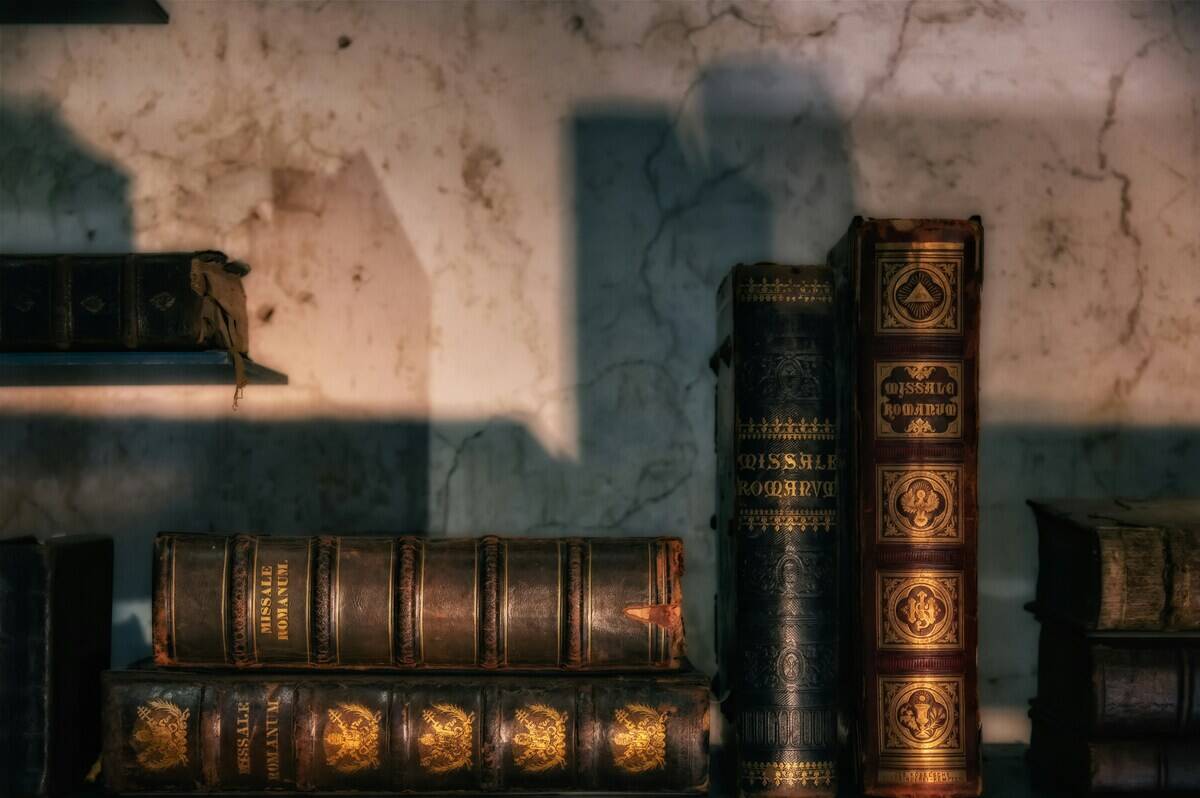
Andreas Vesalius was a Flemish physician and anatomist during the Renaissance. His groundbreaking work, De humani corporis fabrica, revolutionized the study of human anatomy through detailed dissections and illustrations, laying the foundation for modern medicine.
What artistic technique uses light and shadow to create depth?
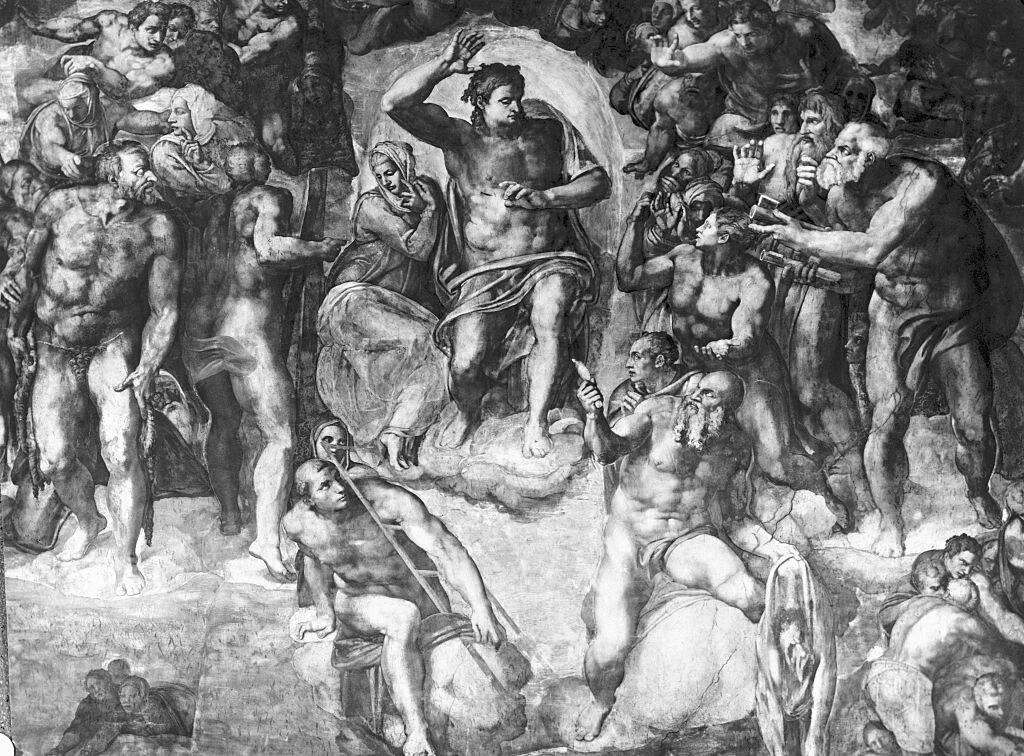
A. Fresco
B. Impasto
C. Chiaroscuro
D. Pointillism
Answer: Chiaroscuro
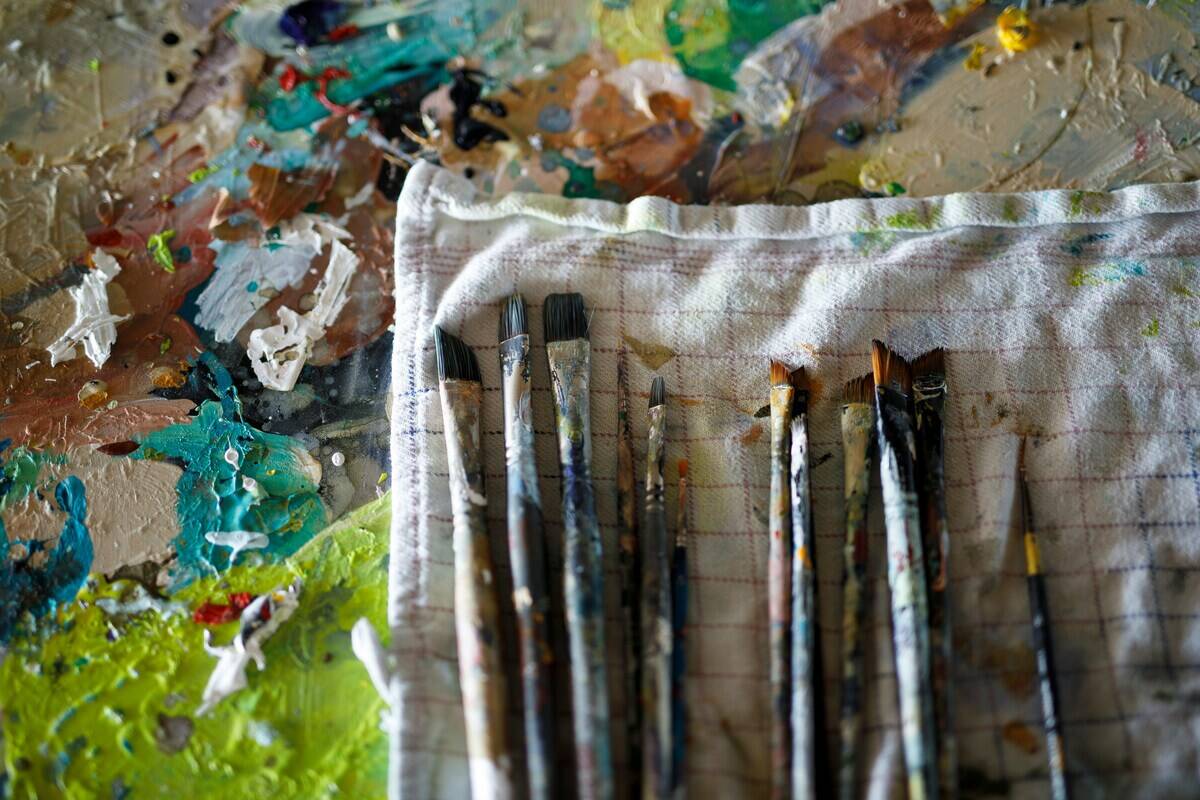
Chiaroscuro is an artistic technique developed during the Renaissance, emphasizing the dramatic interplay of light and shadow in paintings and drawings. It creates depth, volume, and realism, enhancing the visual impact of artworks.
Which Italian city-state was ruled by the powerful Medici family?
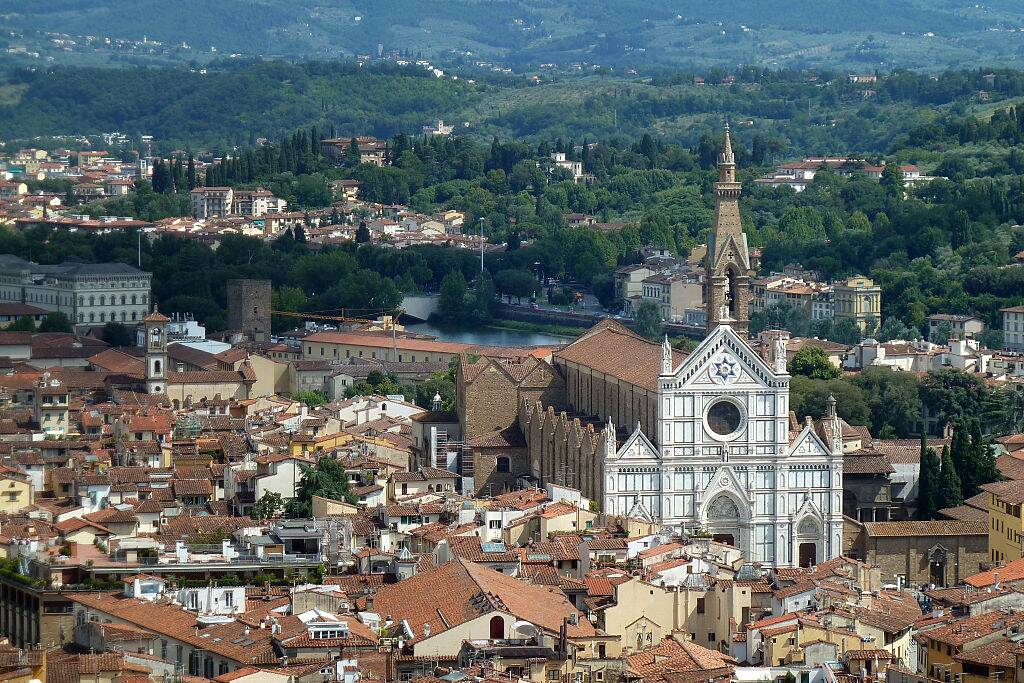
A. Rome
B. Milan
C. Venice
D. Florence
Answer: Florence
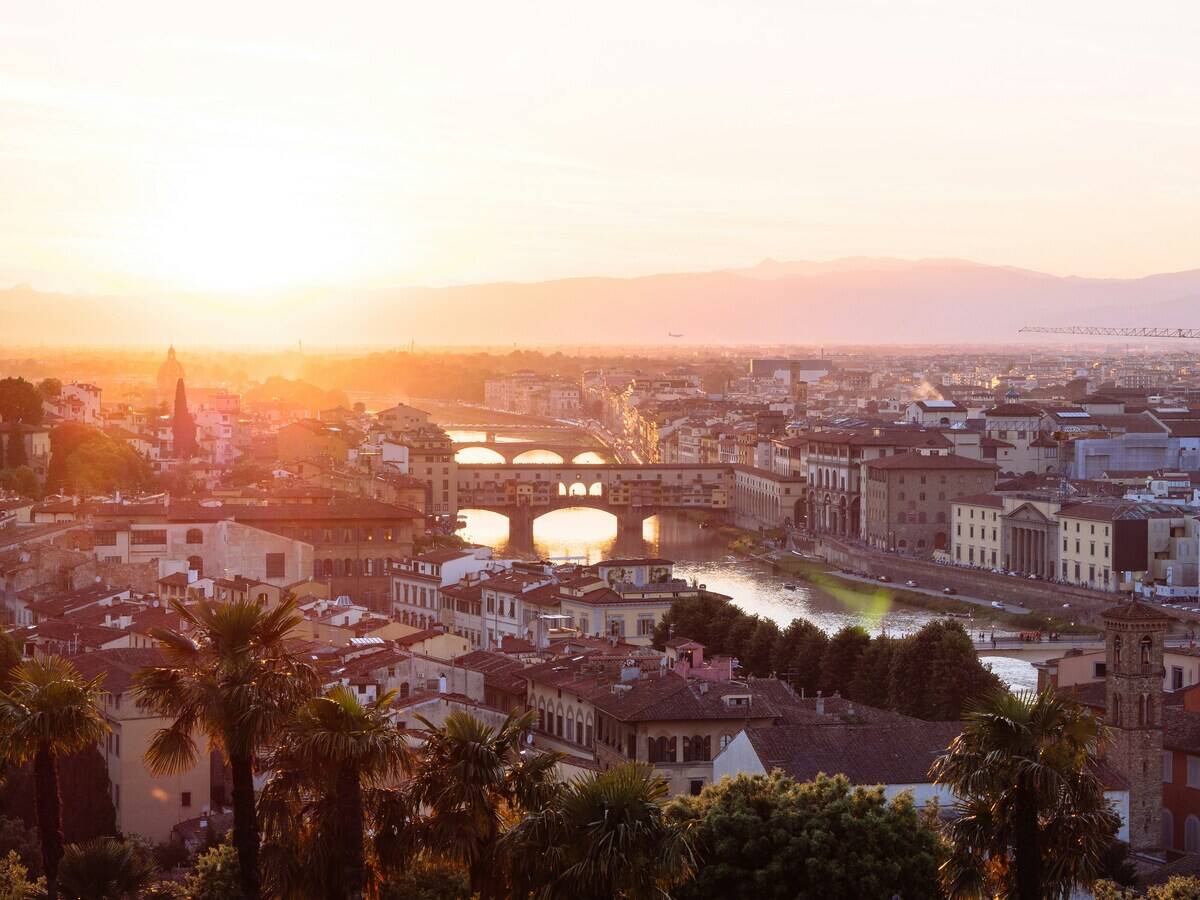
The Medici family, influential Florentine bankers and patrons, wielded significant power during the Renaissance. Their patronage of artists, scholars, and architects transformed Florence into a cultural epicenter, fostering artistic achievements and intellectual progress that defined the era.
What does the term “Renaissance” mean?
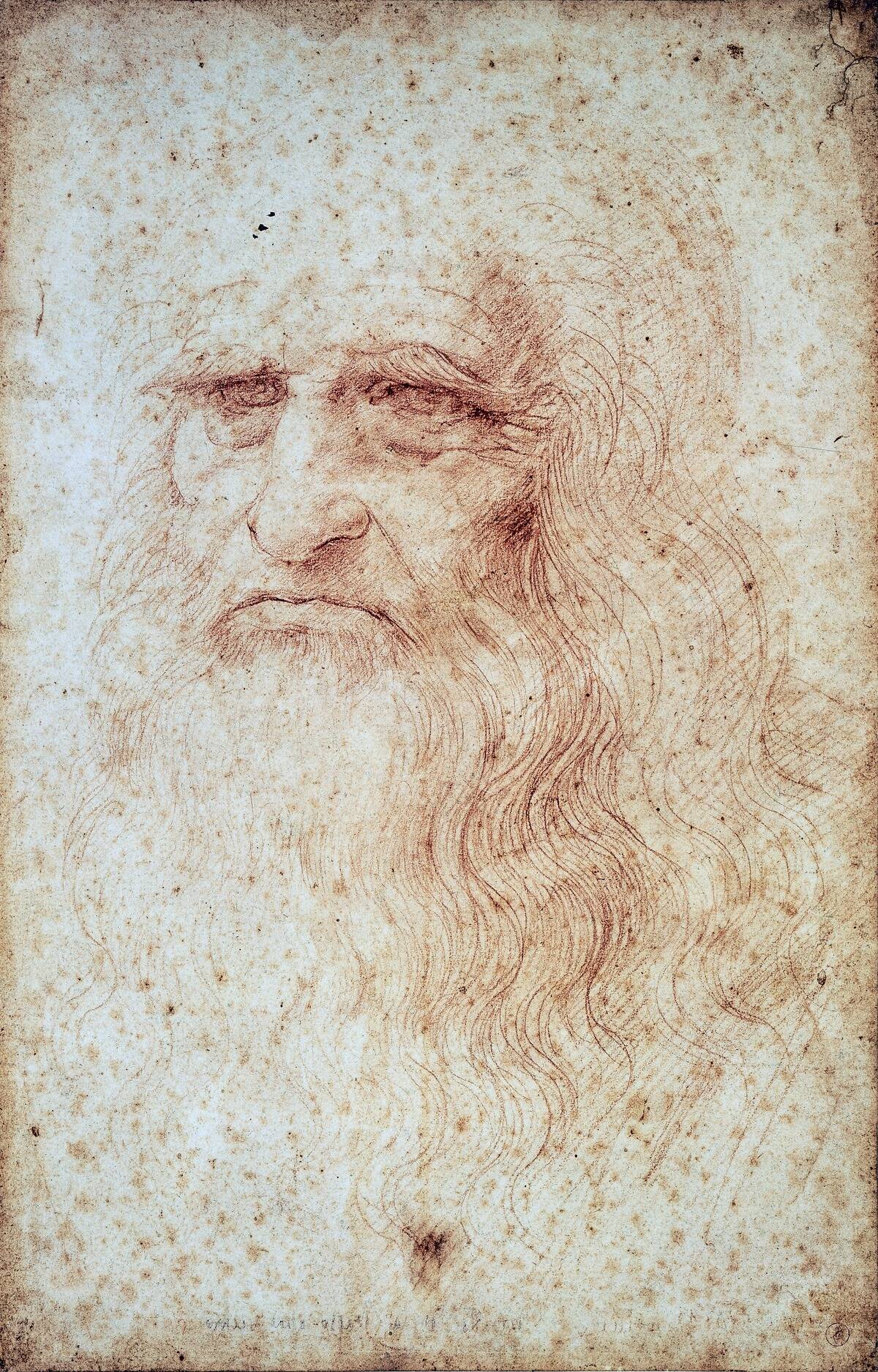
A. Rebirth
B. Enlightenment
C. Revolution
D. Revival
Answer: Rebirth
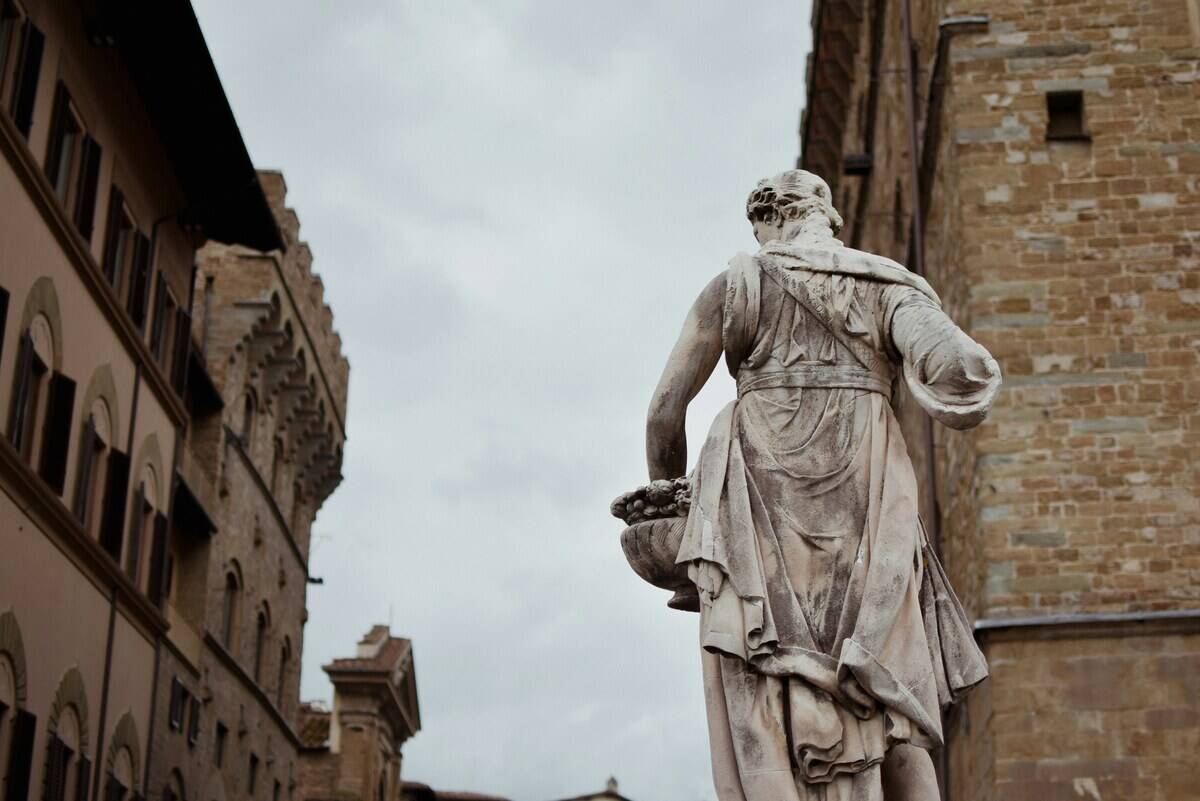
The word “renaissance” derives from the French term for “rebirth.” In the context of history, it signifies the revival, renewal, and flourishing of art, culture, and learning in the 14th and 15th centuries.
Who sculpted the famous statue of David, considered a masterpiece of Renaissance sculpture?
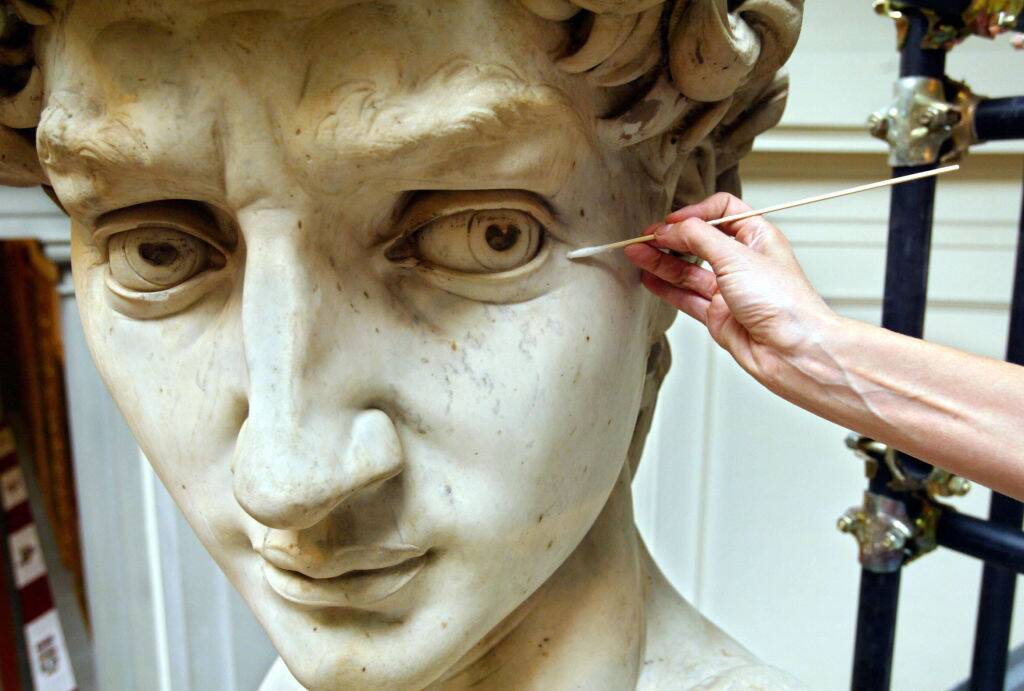
A. Donatello
B. Michelangelo
C. Leonardo da Vinci
D. Raphael
Answer: Michelangelo
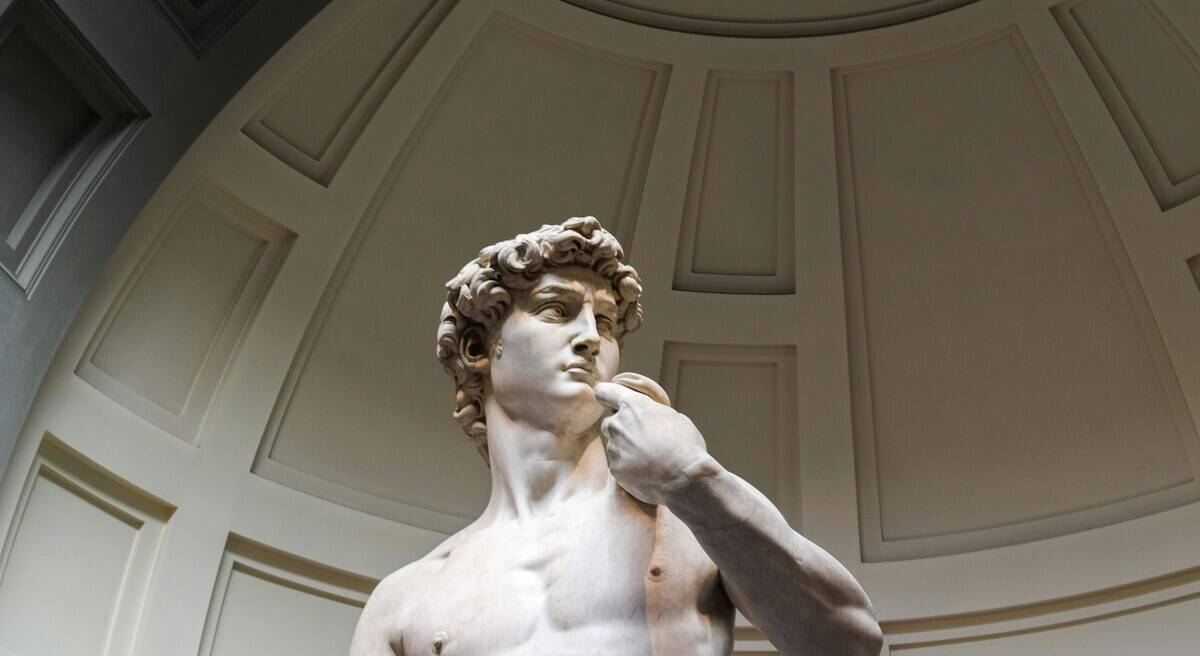
The statue of David, sculpted by Michelangelo between 1501 and 1504, is a renowned Renaissance masterpiece. This marble sculpture captures the biblical hero’s idealized form and intense concentration, symbolizing human potential and courage.
Which Renaissance artist is known for his Primavera and The Birth of Venus paintings?
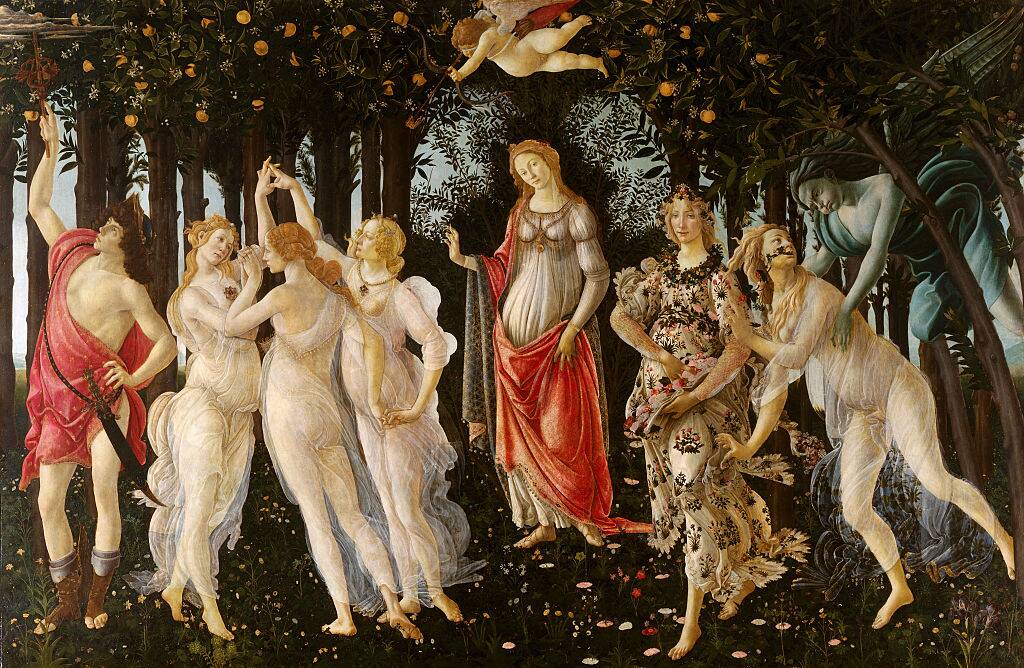
A. Donatello
B. Leonardo da Vinci
C. Botticelli
D. Michelangelo
Answer: Botticelli
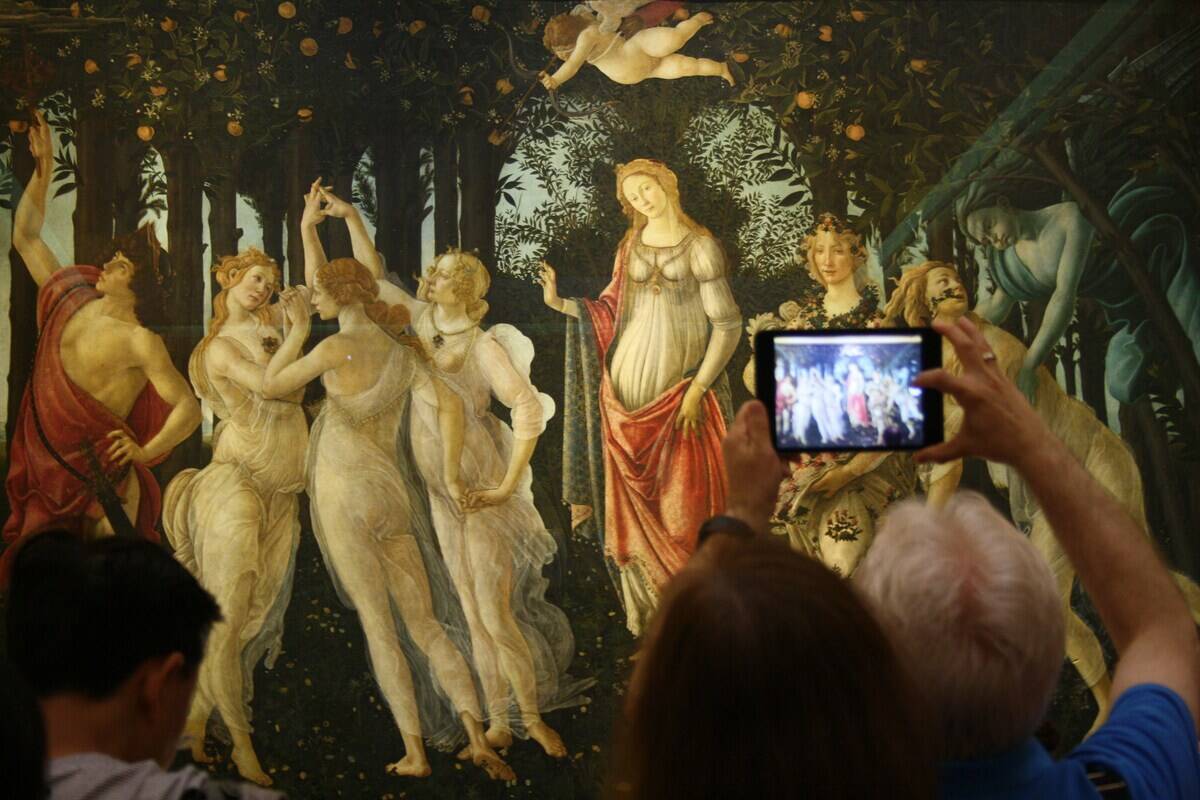
Sandro Botticelli, an Italian Renaissance painter, is celebrated for works including The Birth of Venus and Primavera. His art epitomizes Renaissance ideals, featuring mythological themes, graceful figures, and vibrant colors, leaving an enduring mark on art history.
Who was the first European explorer to reach India by sea?
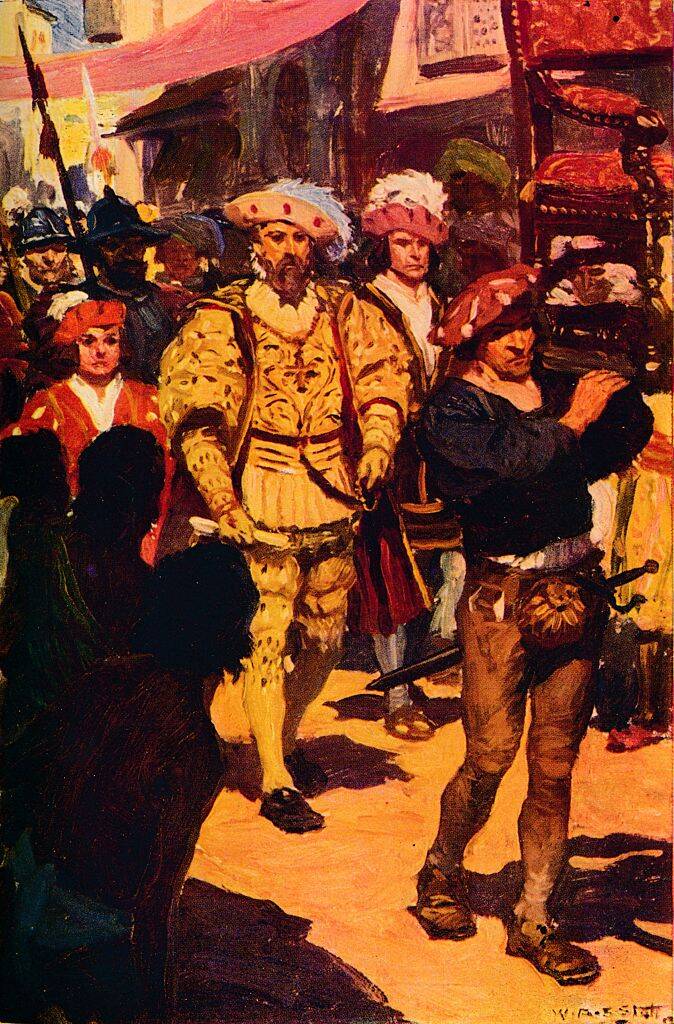
A. Christopher Columbus
B. Ferdinand Magellan
C. Marco Polo
D. Vasco da Gama
Answer: Vasco da Gama

Vasco da Gama was a Portuguese explorer who, in 1498, became the first European to reach India by sea, establishing a crucial maritime route. His voyages during the Age of Exploration had a profound impact on global trade and the Renaissance.
Which Renaissance polymath is famous for his drawings of inventions and anatomical studies?
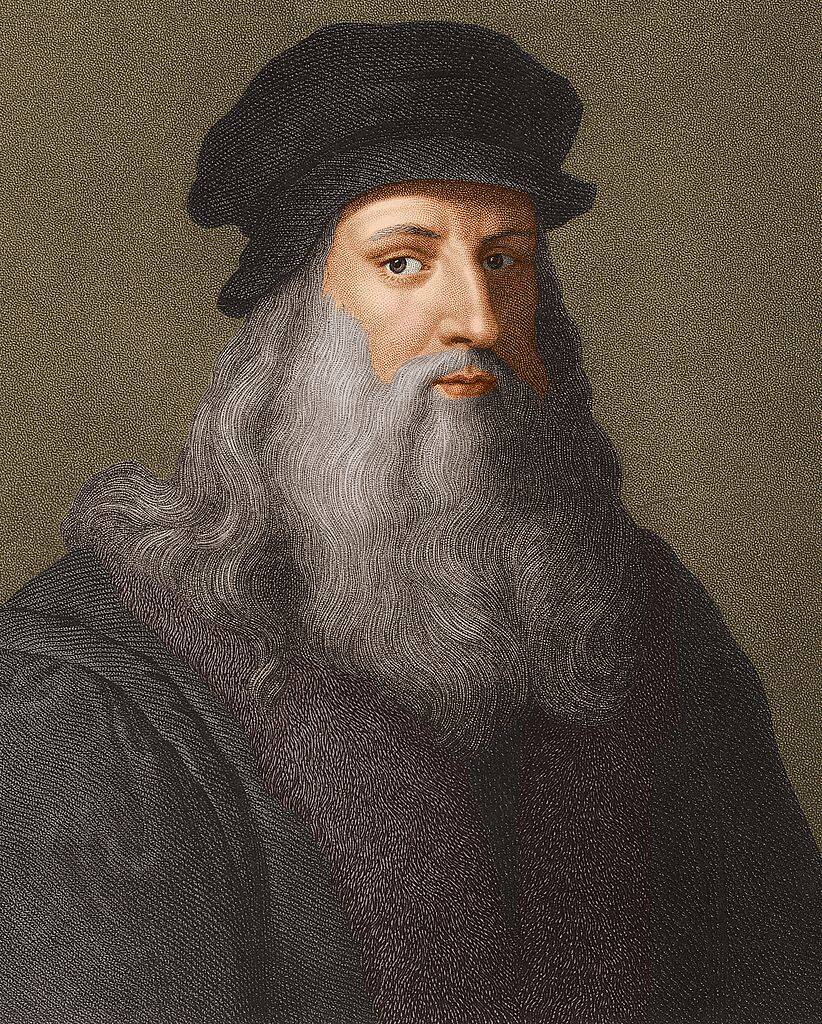
A. Leonardo da Vinci
B. Galileo Galilei
C. Johannes Kepler
D. Michelangelo
Answer: Leonardo da Vinci
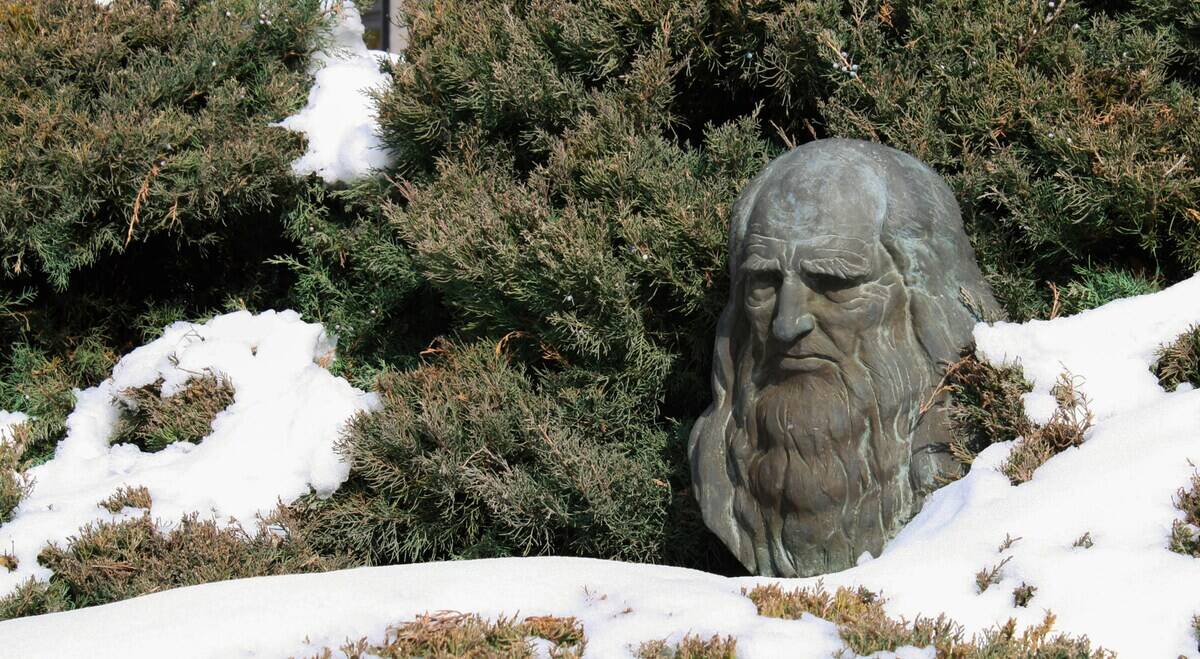
Leonardo da Vinci epitomized the Renaissance polymath. An Italian genius known for his masterpieces like the Mona Lisa and The Last Supper, he excelled in art, science, and engineering, leaving an indelible mark on human creativity and knowledge.
What is the term for art that combines different materials, like paint and gold leaf, on a wooden panel?
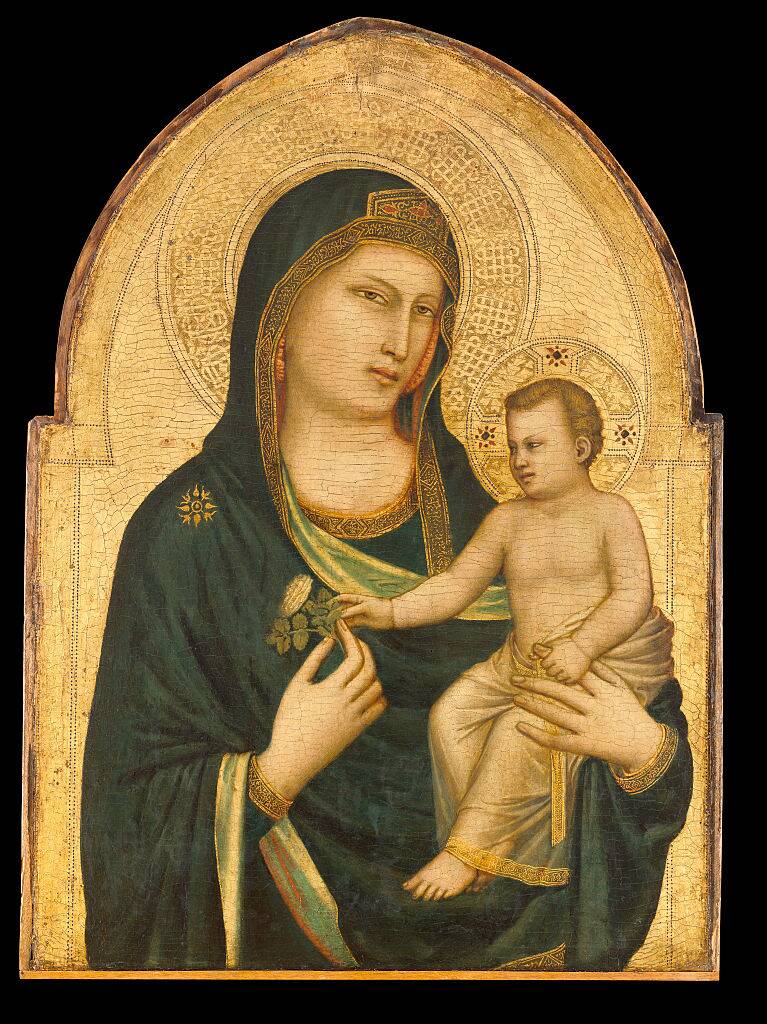
A. Fresco
B. Tempera
C. Sfumato
D. Triptych
Answer: Tempera
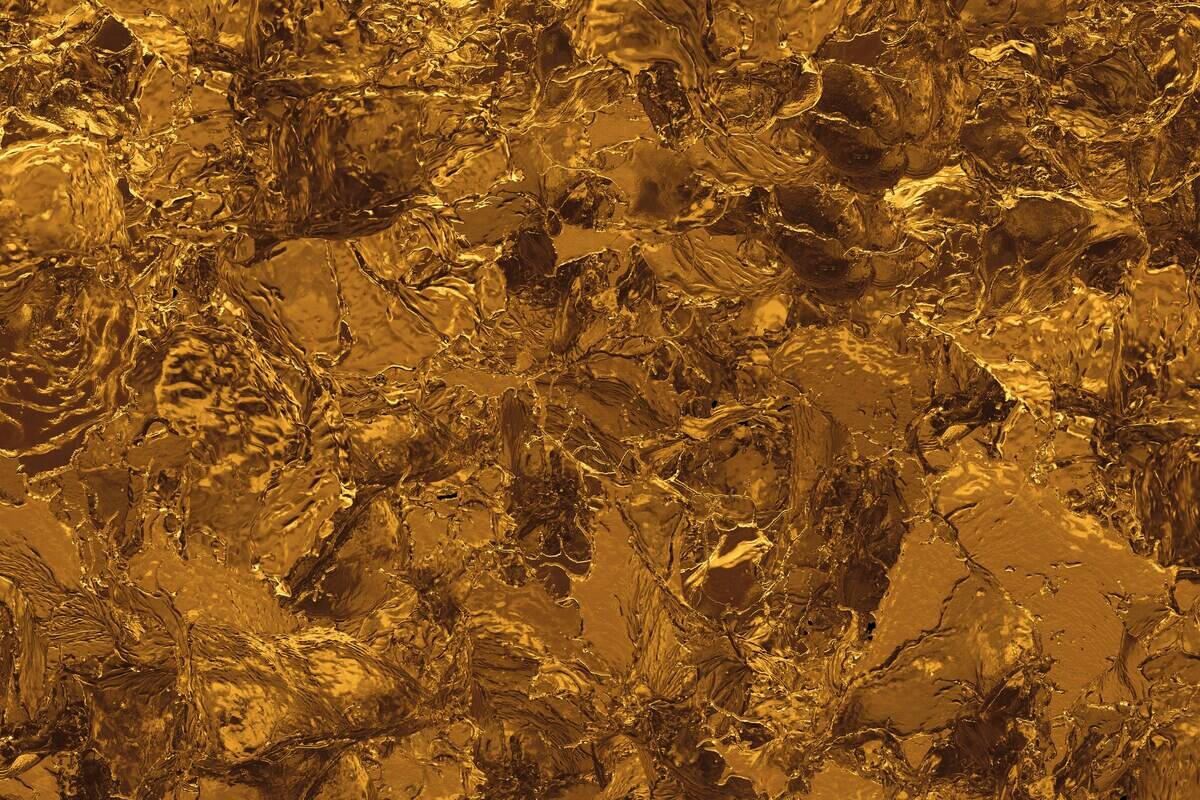
Tempera is a painting technique employed in the Renaissance era and earlier. It involves mixing pigments with a water-soluble binder, often egg yolk, resulting in luminous and durable artworks on wood panels characterized by precise details and vivid colors.
Who is credited with the discovery of the New World in 1492?
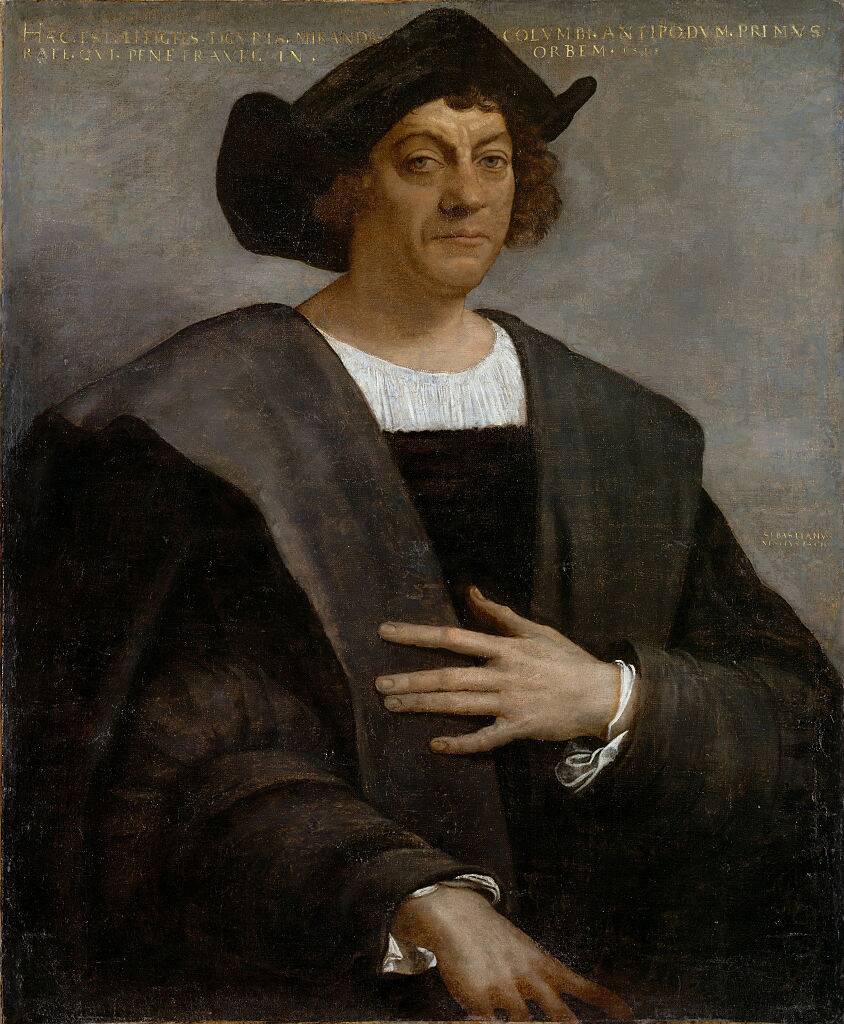
A. Vasco da Gama
B. Ferdinand Magellan
C. Christopher Columbus
D. Hernán Cortés
Answer: Christopher Columbus
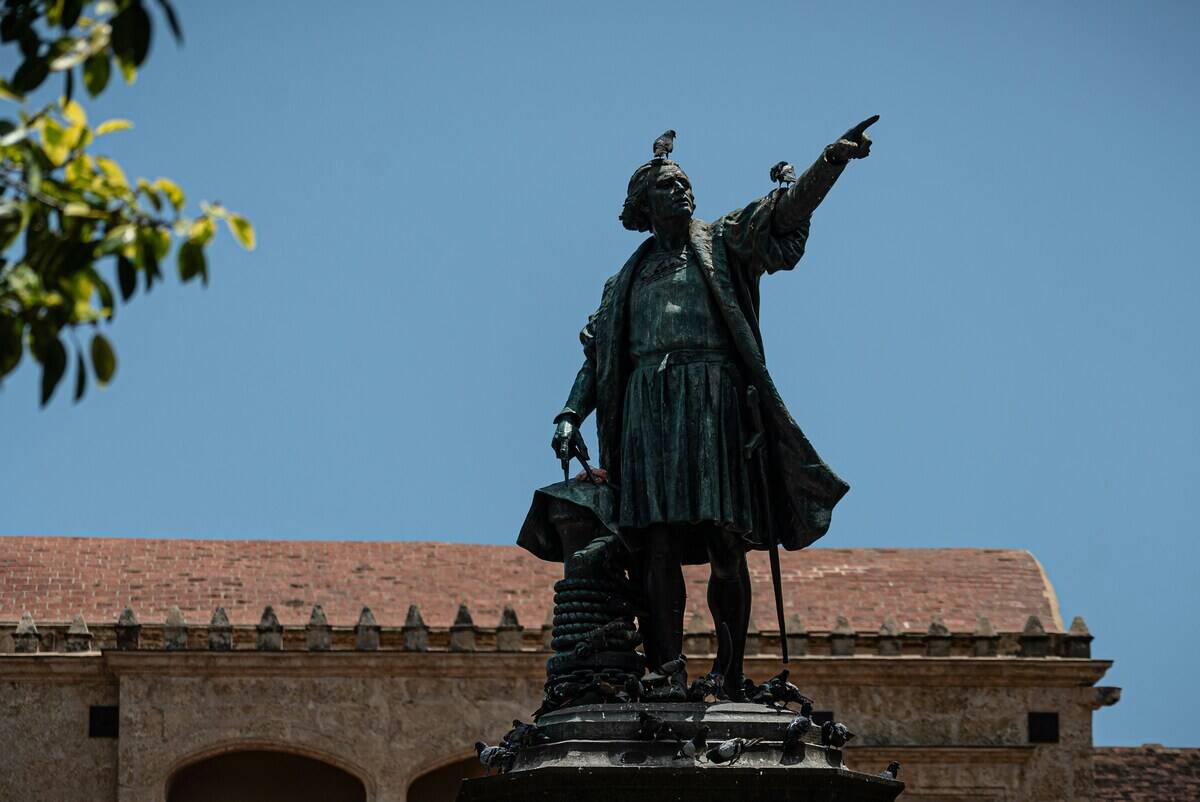
Christopher Columbus, an Italian explorer sailing for Spain, is renowned for his 1492 voyage across the Atlantic Ocean, reaching the Americas. His journey marked the beginning of European exploration and colonization in the New World, transforming global history during the Renaissance.
Which Italian city is home to The Last Supper painting?
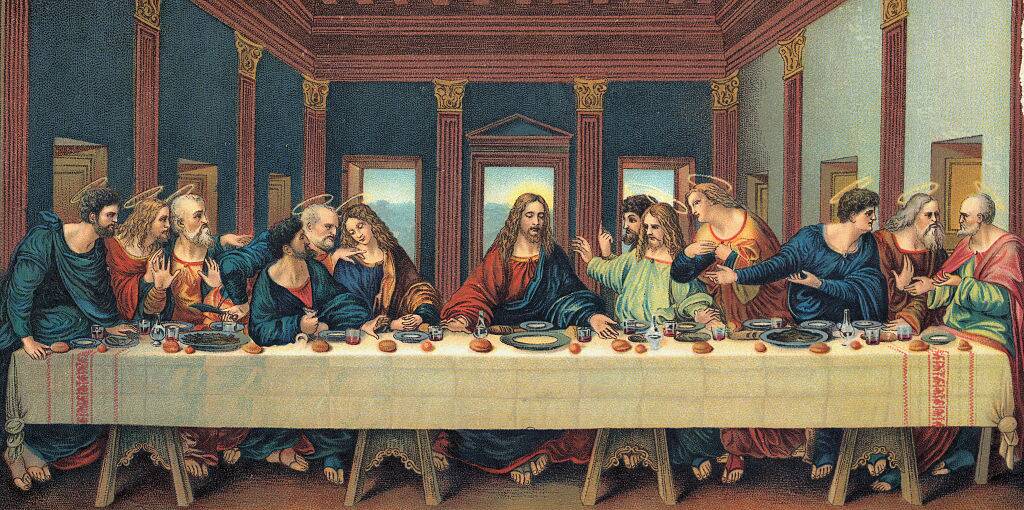
A. Rome
B. Florence
C. Venice
D. Milan
Answer: Milan
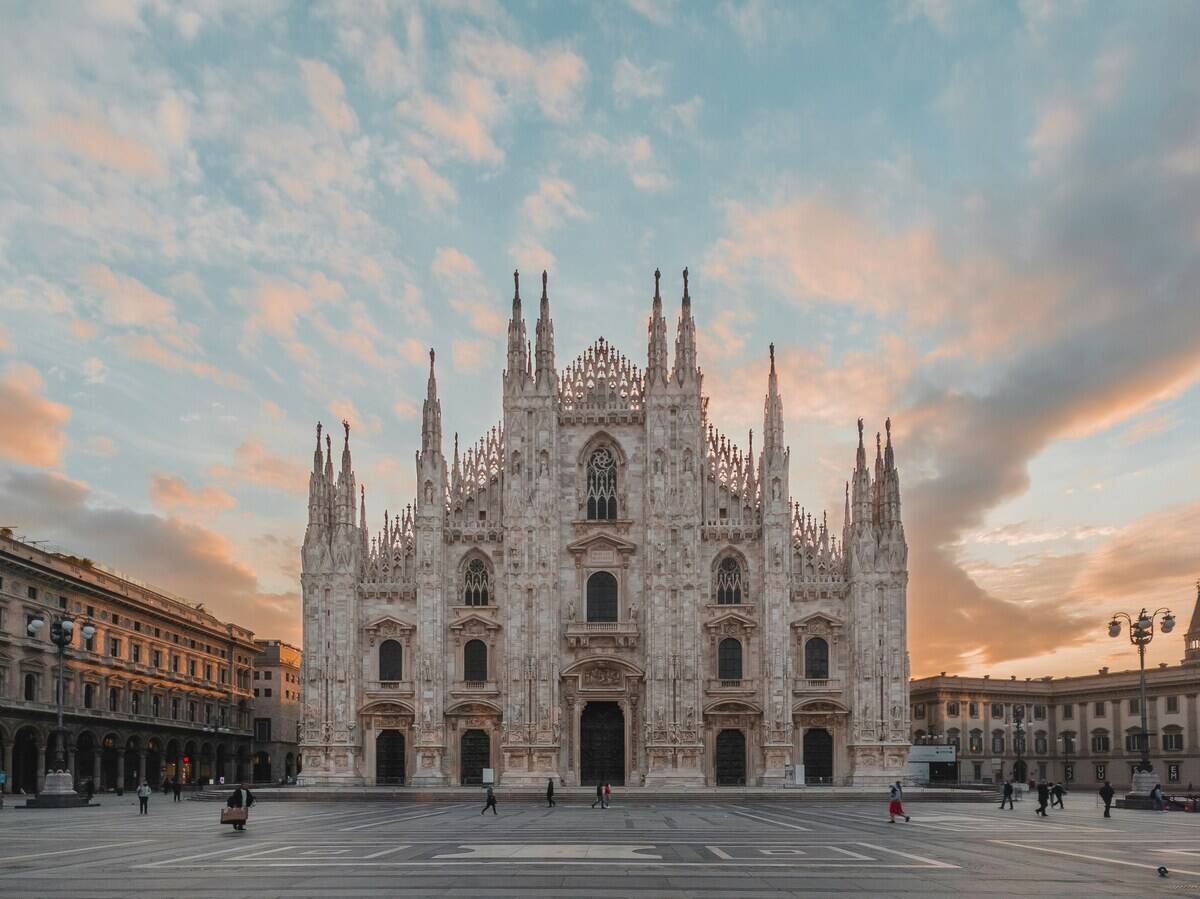
Leonardo da Vinci’s The Last Supper is a renowned Renaissance mural depicting Jesus Christ’s final meal with his disciples. Located in Milan’s Santa Maria delle Grazie, it captures the moment of Christ’s revelation of betrayal, displaying Leonardo’s exceptional artistic skill and emotional depth.
Which ancient Greek philosopher’s works had a profound influence on Renaissance thought and humanism?
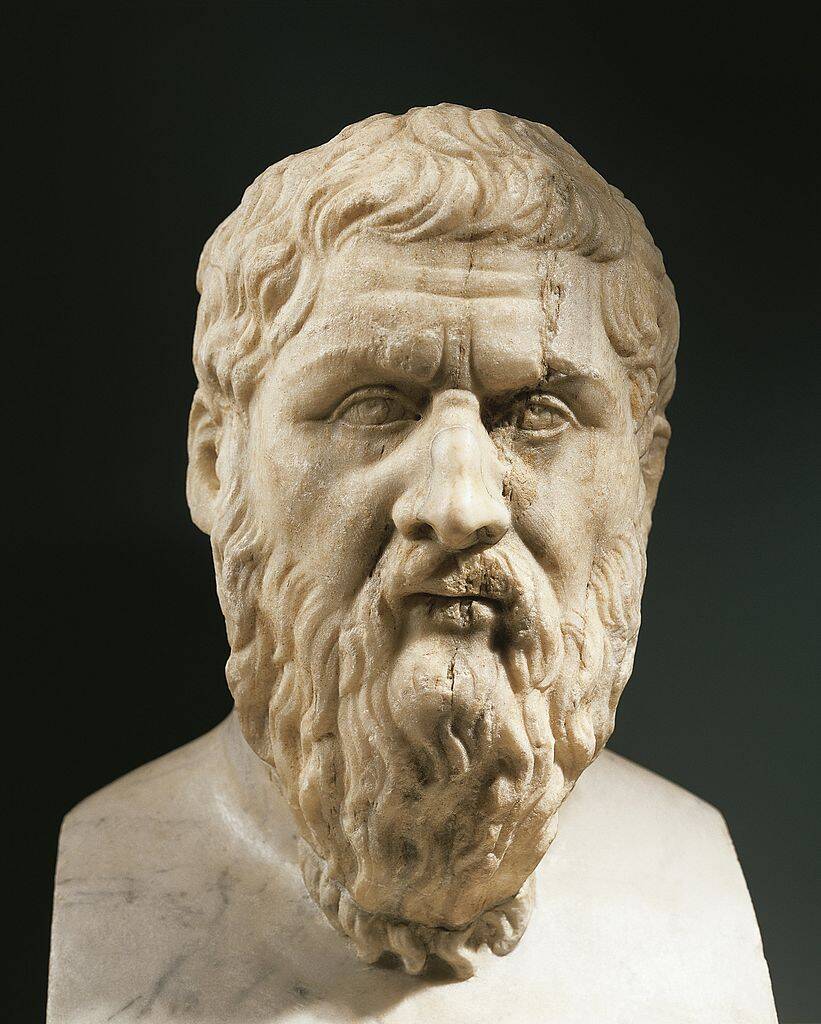
A. Plato
B. Aristotle
C. Socrates
D. Epicurus
Answer: Plato
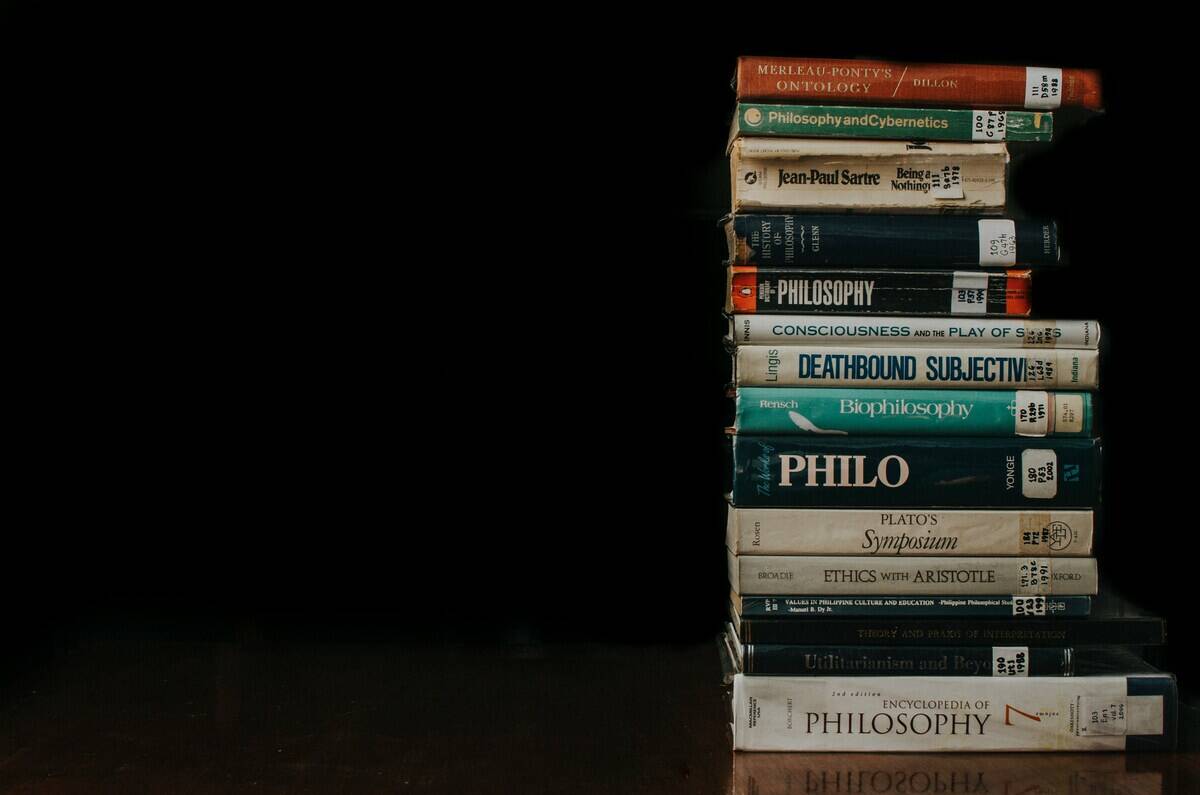
Plato, an ancient Greek philosopher, founded the Academy in Athens and authored numerous dialogues. His profound ideas on ethics, politics, and metaphysics continue to influence philosophy, and his works played a pivotal role in shaping Renaissance thought.
What is the term for the architectural style characterized by symmetry, domes, and the use of classical columns?
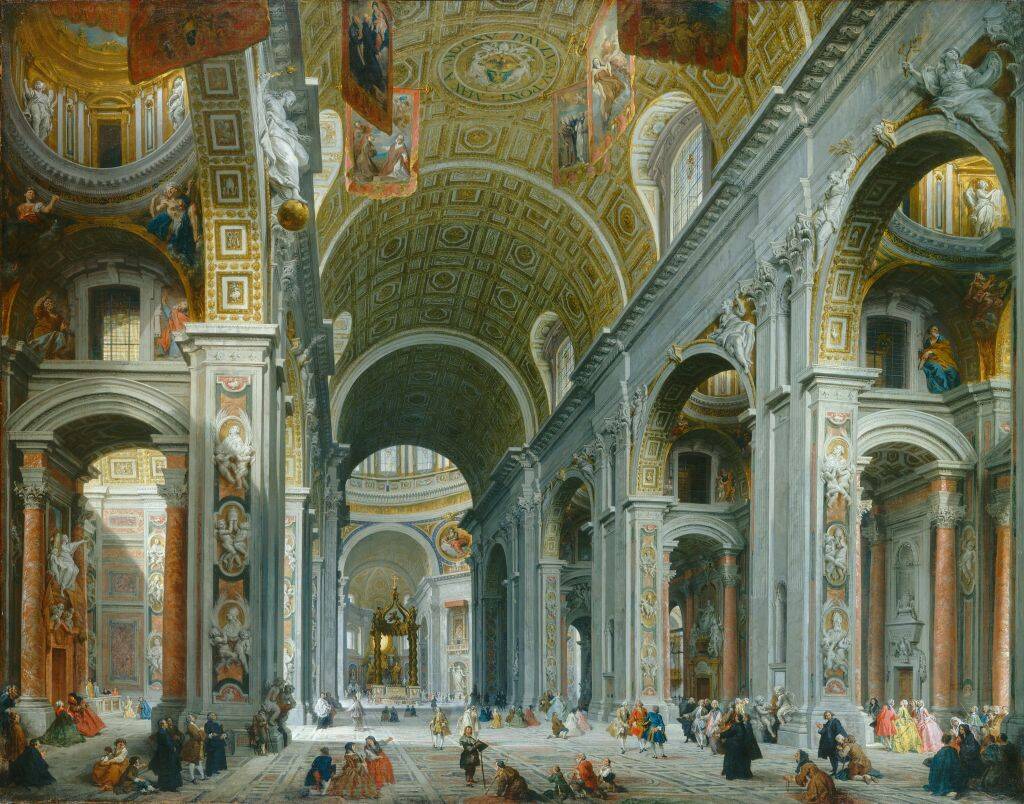
A. Gothic
B. Neoclassical
C. Baroque
D. Romanesque
Answer: Neoclassical
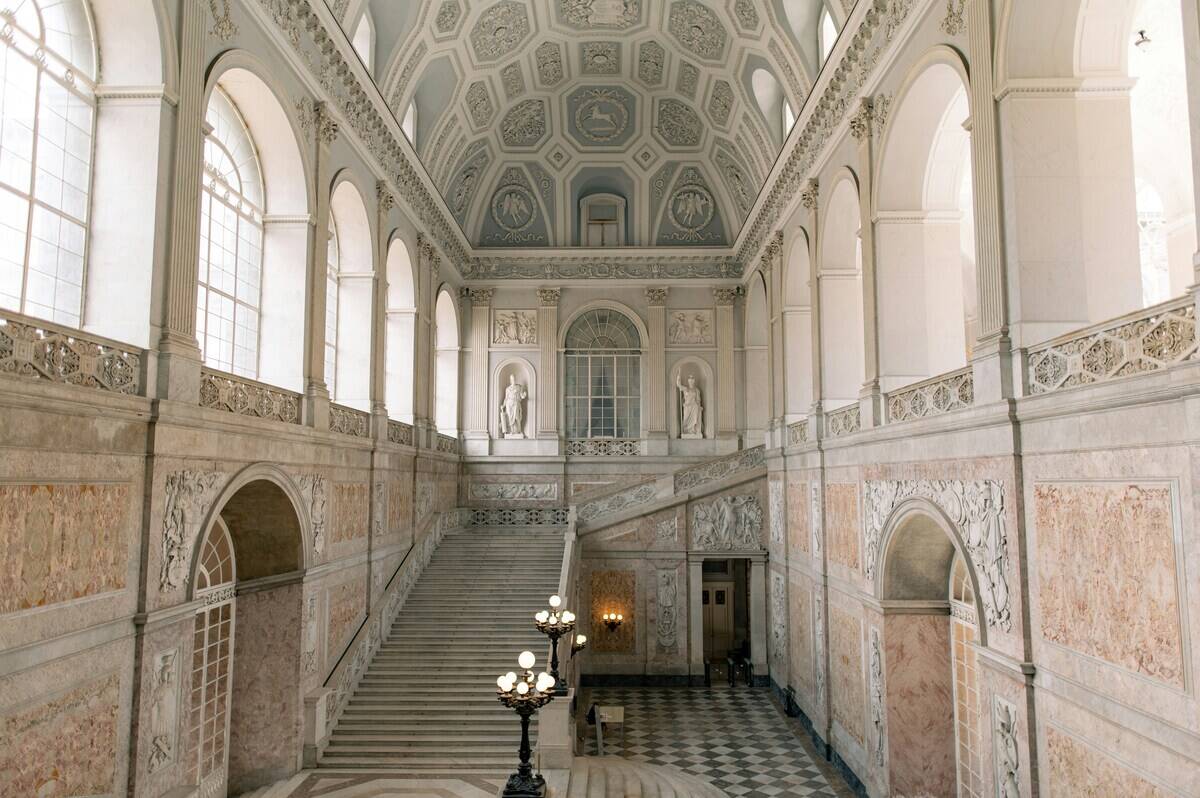
Neoclassical architecture drew inspiration from classical Greek and Roman forms. It emphasized symmetry, columns, and domes, reflecting a return to the aesthetic and philosophical ideals of antiquity during the Renaissance.
Who is known for his famous statement, “I think, therefore I am”?
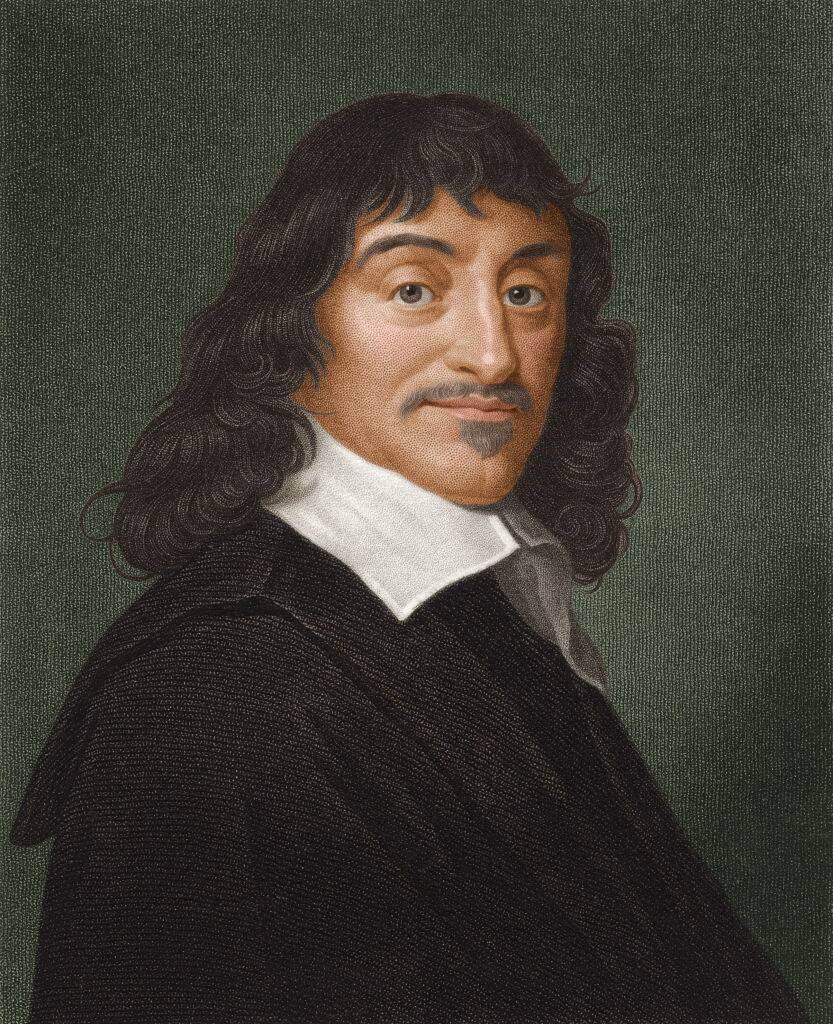
A. Galileo Galilei
B. Kepler
C. Descartes
D. Copernicus
Answer: Descartes
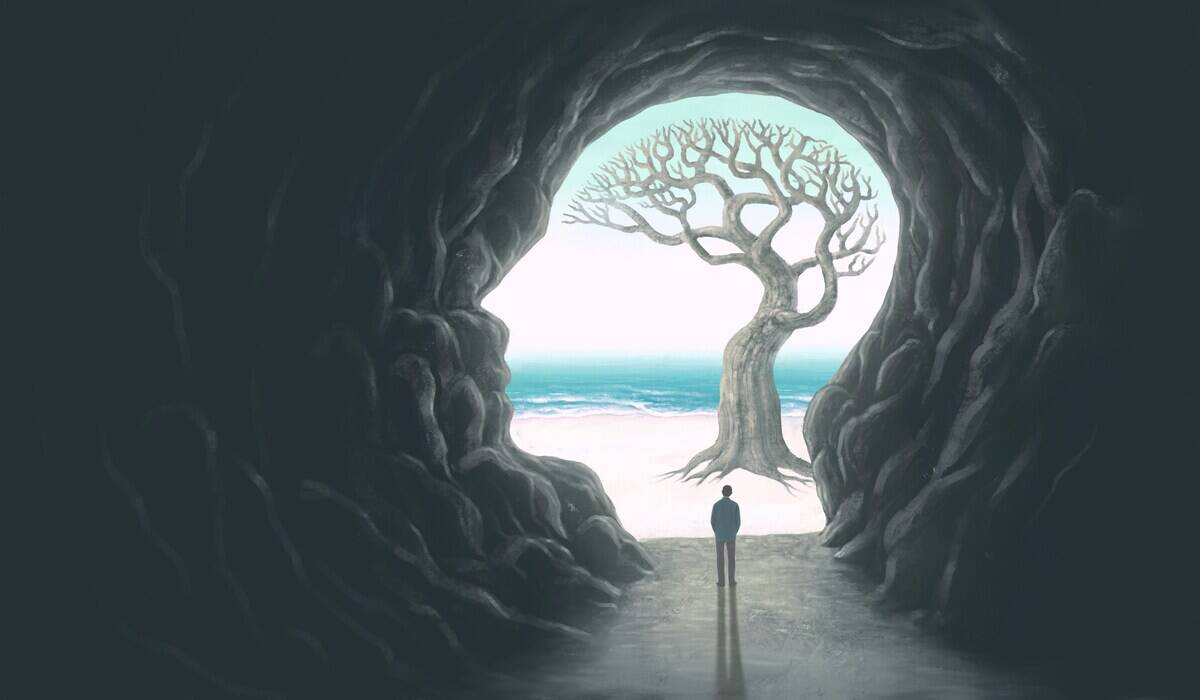
René Descartes was a French philosopher, mathematician, and scientist. His famous statement, “I think, therefore I am,” epitomizes his focus on reason and doubt. Descartes’ works laid the groundwork for modern philosophy and science during the Renaissance.
Which of these wars occurred during the Renaissance?
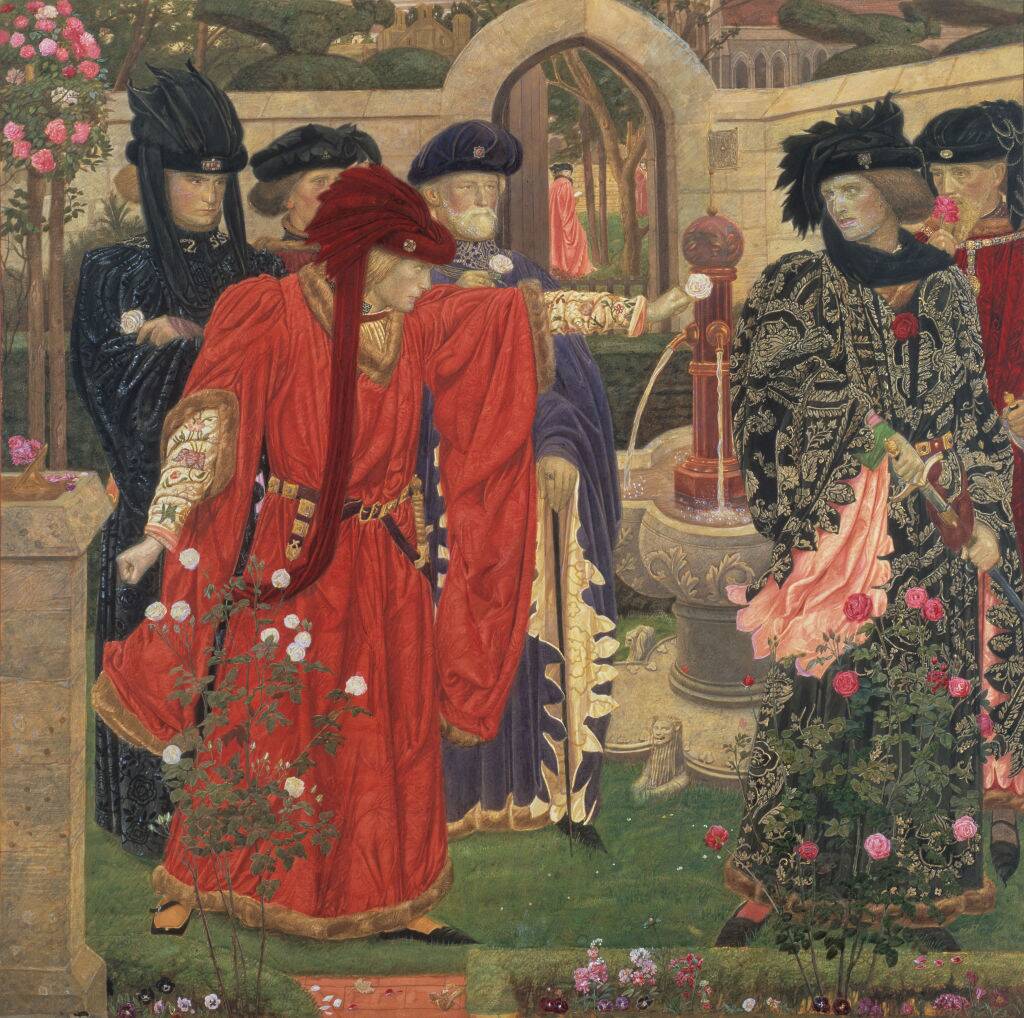
A. Seven Years’ War
B. Spanish-American War
C. Cold War
D. The War of Roses
Answer: The War of Roses
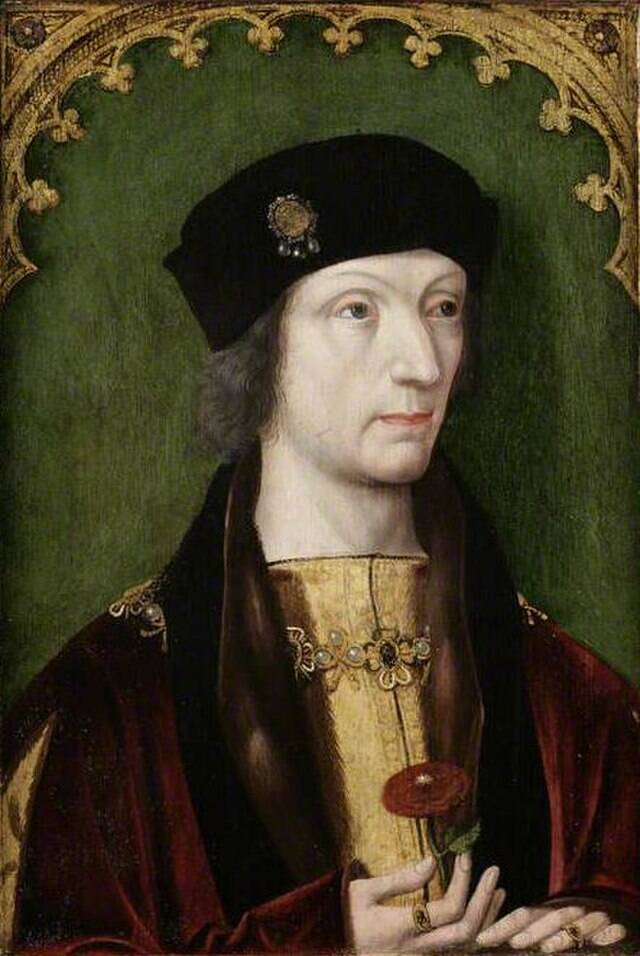
The War of the Roses was a series of civil conflicts in England between the Houses of Lancaster and York, vying for the English throne. It ended with Henry VII’s victory, founding the Tudor dynasty and marking the close of the Plantagenet era.
Who is being depicted in Michelangelo’s Pieta sculpture?
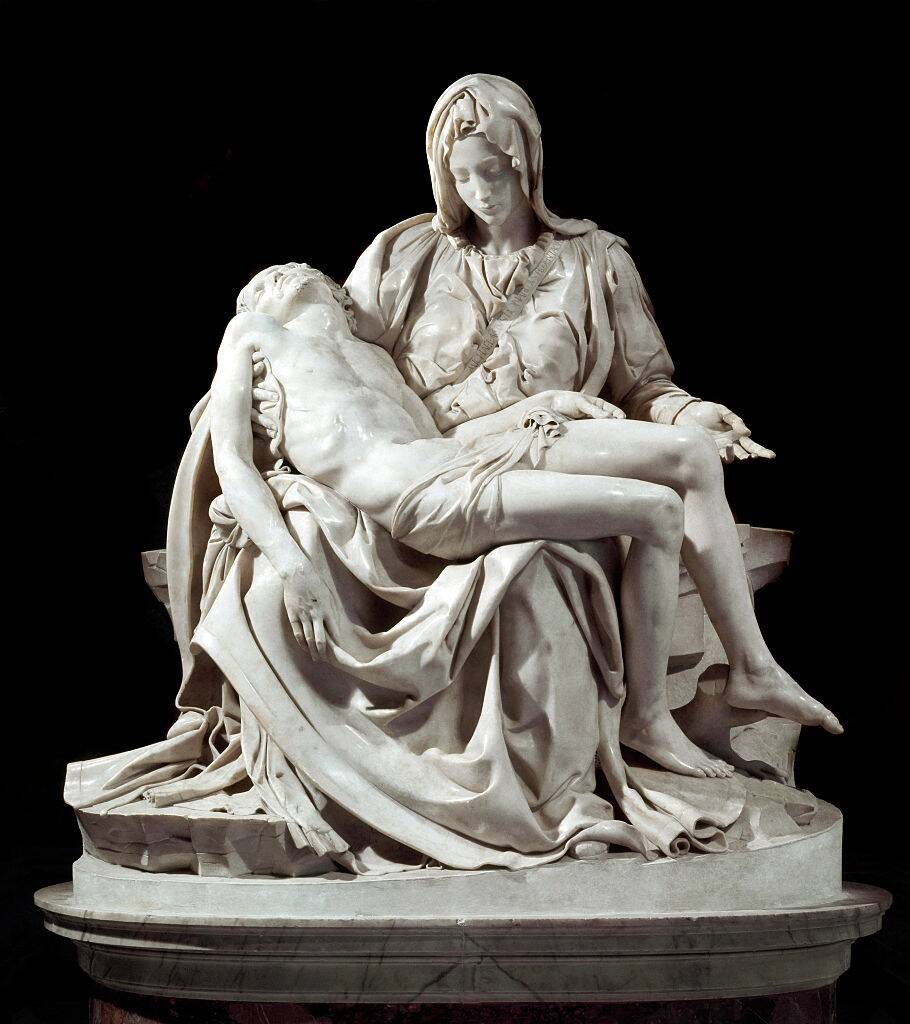
A. Virgin Mary and Jesus
B. Adam and Eve
C. Joseph and Mary
D. Samson and Delilah
Answer: Virgin Mary and Jesus
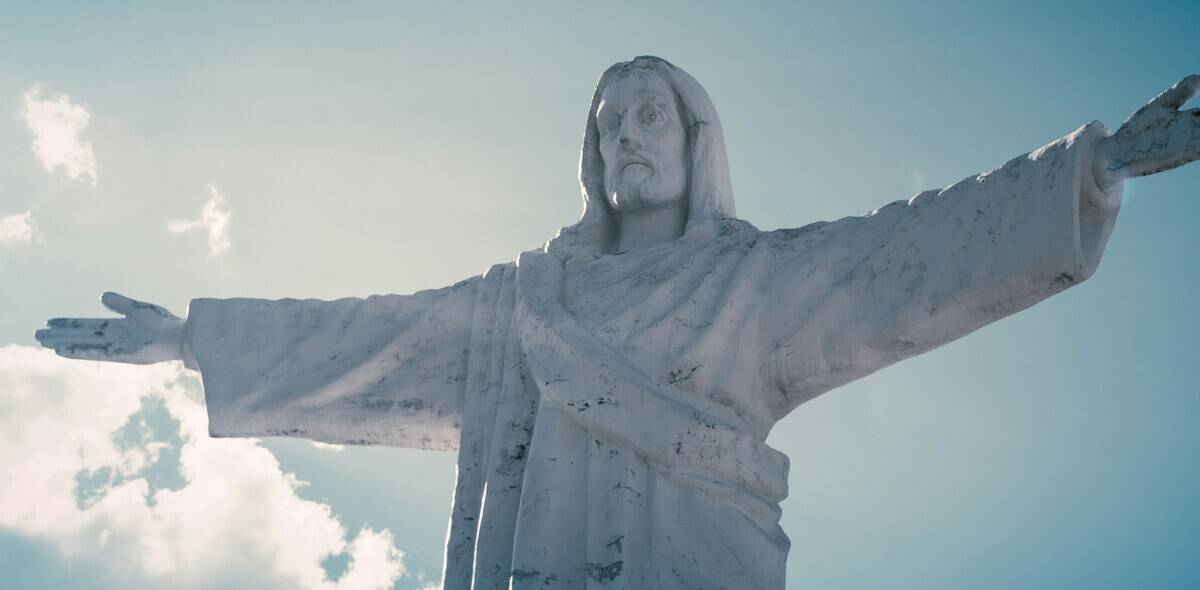
A Pieta is a specific type of religious art, typically depicting the Virgin Mary cradling the lifeless body of Jesus Christ. Notable examples include Michelangelo’s Pieta in St. Peter’s Basilica, capturing profound sorrow and compassion in sculpted form.
The Renaissance was characterized by a shift from religious themes to a greater focus on what?
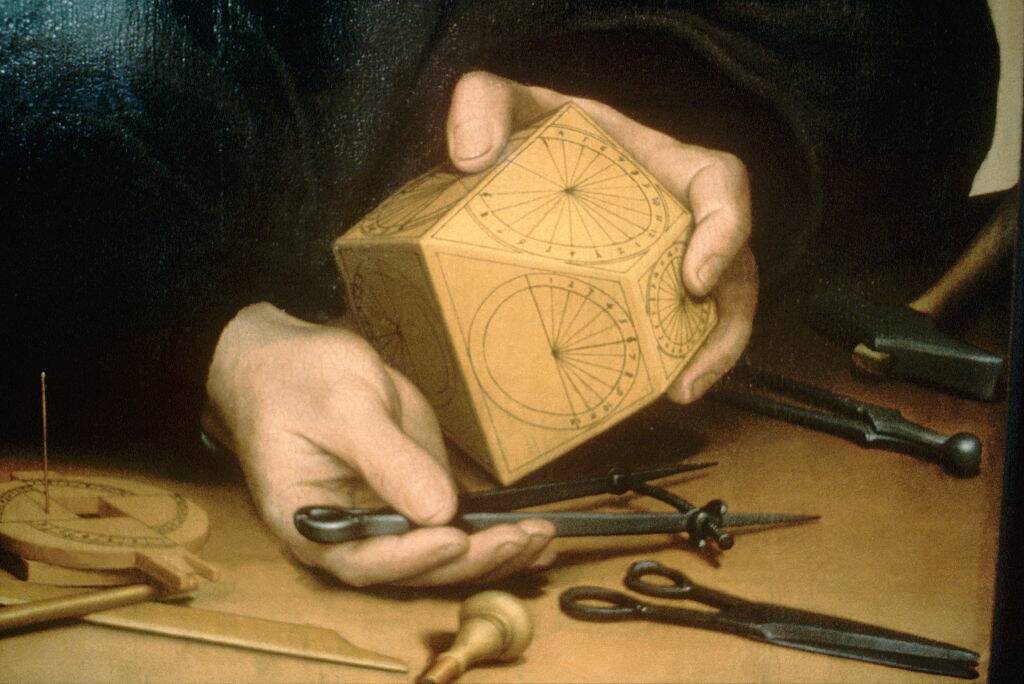
A. mythology
B. science
C. politics
D. agriculture
Answer: science

During the Renaissance, science underwent a transformative rebirth. Thinkers like Copernicus, Galileo, and Kepler challenged traditional views of the cosmos. Advancements in anatomy, botany, and physics laid the foundation for modern science, emphasizing empirical observation and experimentation.
Which religious practice was formed during the Renaissance?
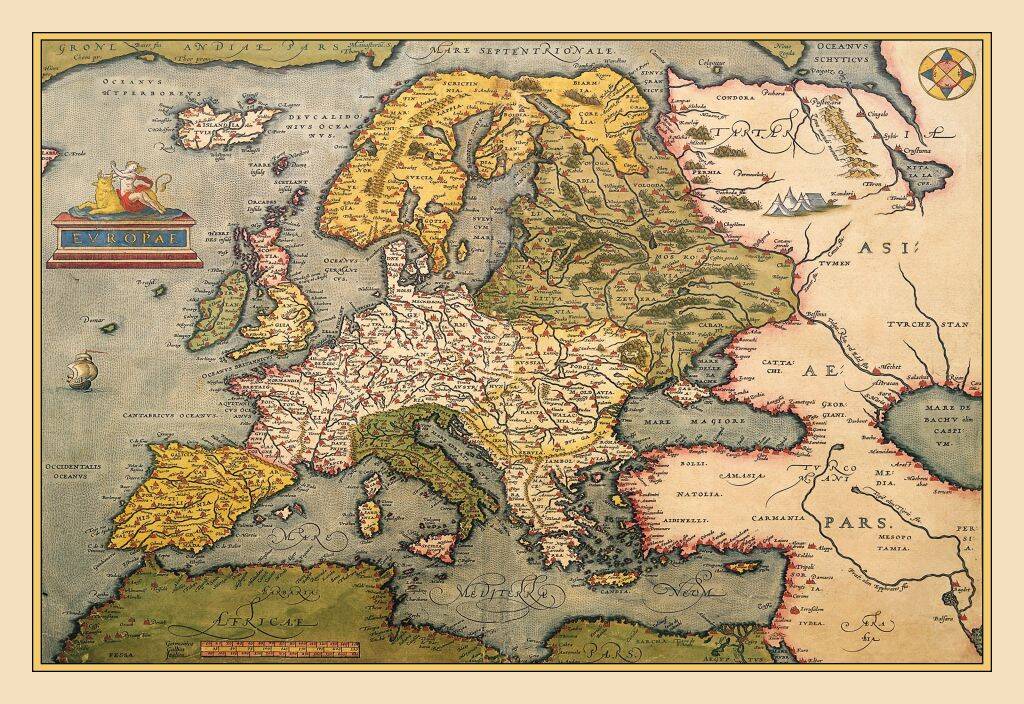
A. Buddhism
B. Hinduism
C. Protestantism
D. Islam
Answer: Protestantism

Protestantism emerged during the 16th-century Reformation as a Christian movement. It protested against the perceived corruption and doctrines of the Catholic Church, advocating for individual interpretation of the Bible and giving rise to various denominations like Lutheranism, Calvinism, and Anglicanism.
Who was the famous female artist of the Renaissance known for her self-portraits and still-life paintings?
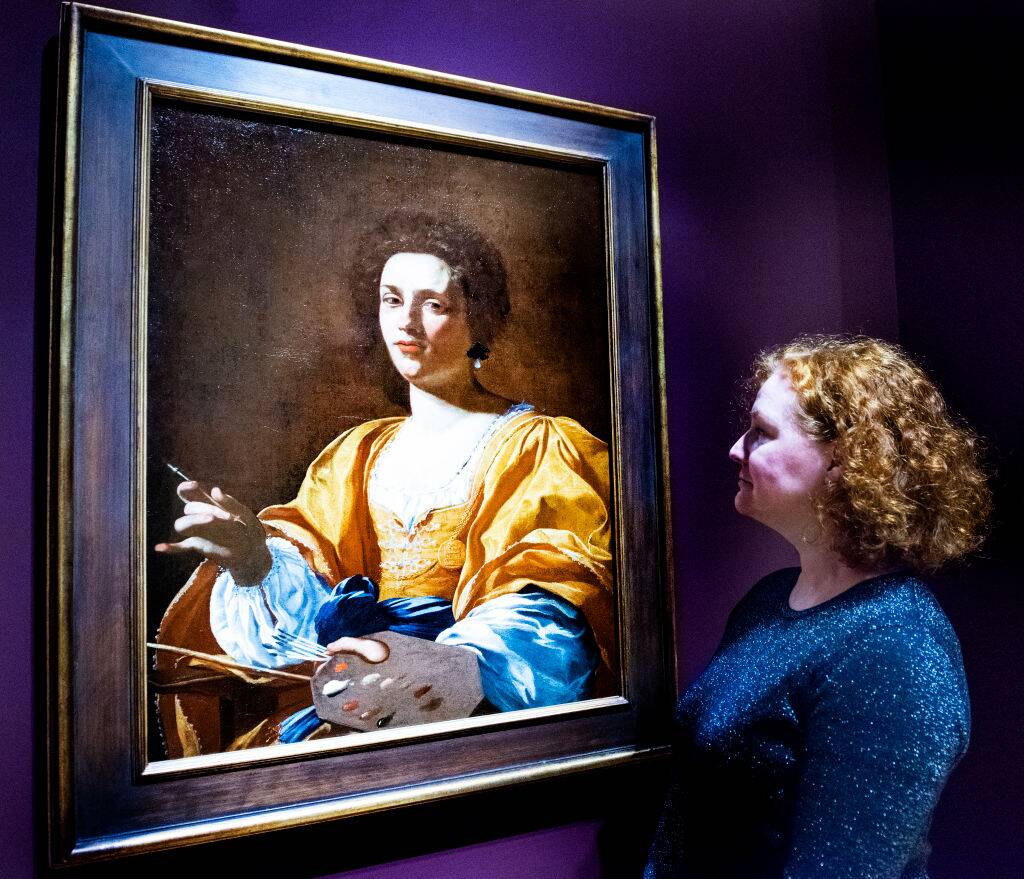
A. Sofonisba Anguissola
B. Lavinia Fontana
C. Elisabetta Sirani
D. Artemisia Gentileschi
Answer: Artemisia Gentileschi

Artemisia Gentileschi was an Italian Baroque painter celebrated for her powerful depictions of women in biblical and mythological scenes. Her artistry and resilience in overcoming gender barriers have earned her recognition and admiration in the art world and beyond.
What religious reformer’s teachings led to the Protestant Reformation?
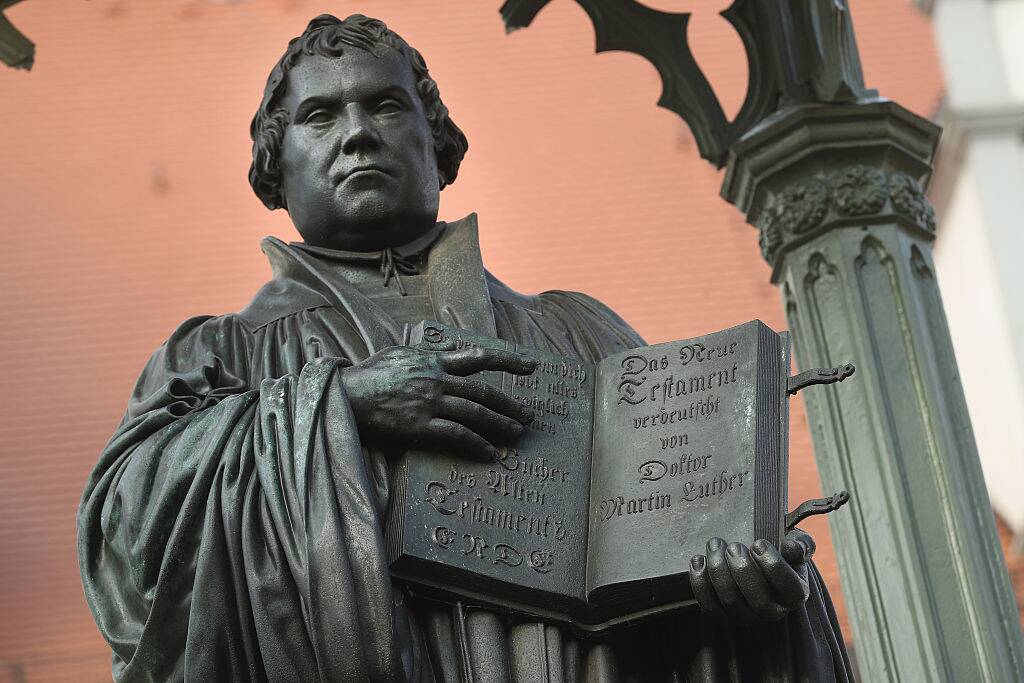
A. Martin Luther
B. John Calvin
C. Pope Leo X
D. Henry VIII
Answer: Martin Luther
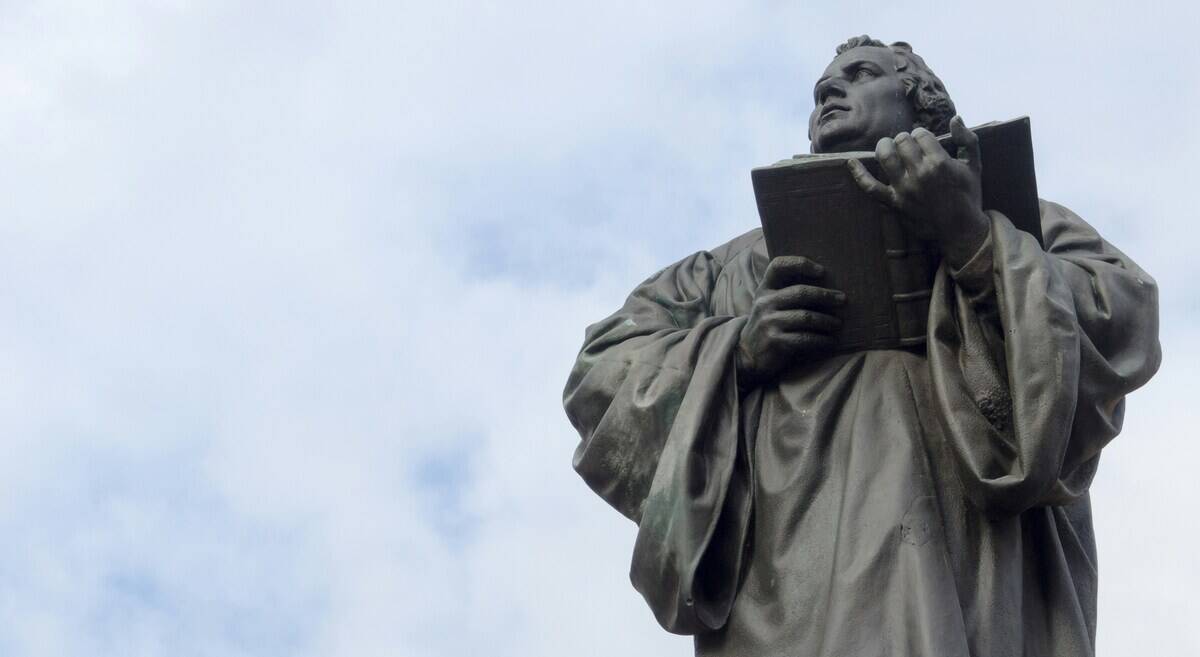
Martin Luther was a German theologian and reformer. His Ninety-Five Theses, posted in 1517, ignited the Protestant Reformation, challenging the Catholic Church’s practices and doctrines. Luther’s teachings reshaped Christianity, leading to the establishment of Lutheranism and other Protestant denominations.
Who painted the Sistine Madonna, featuring the iconic image of two cherubs?

A. Donatello
B. Raphael
C. Leonardo da Vinci
D. Titian
Answer: Raphael
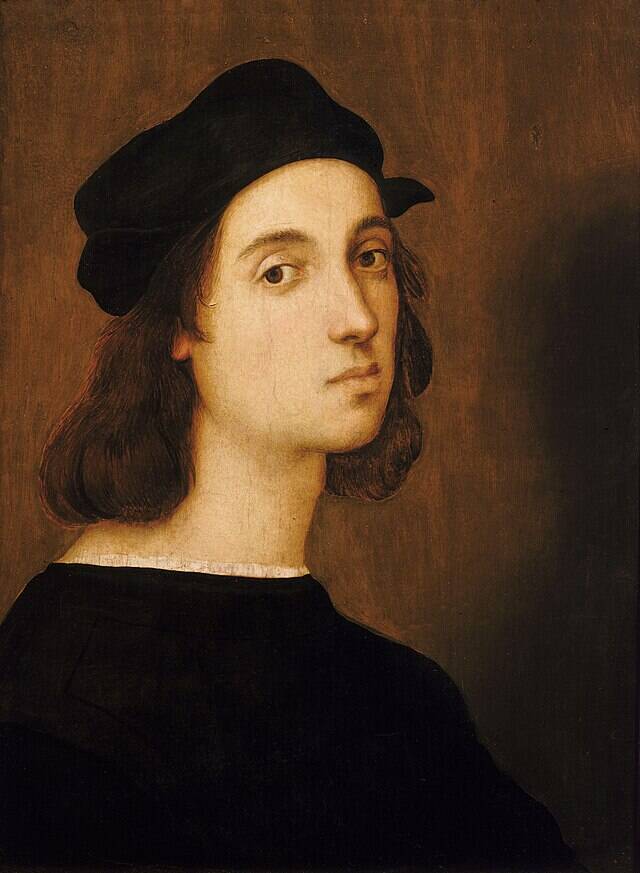
The Sistine Madonna is a masterpiece painted by Raphael in 1512. It portrays the Virgin Mary holding the Christ Child, flanked by two angels. Housed in Dresden, Germany, this work is renowned for its beauty and emotional depth, exemplifying Renaissance artistry.
Which Renaissance scientist is known for his laws of planetary motion?
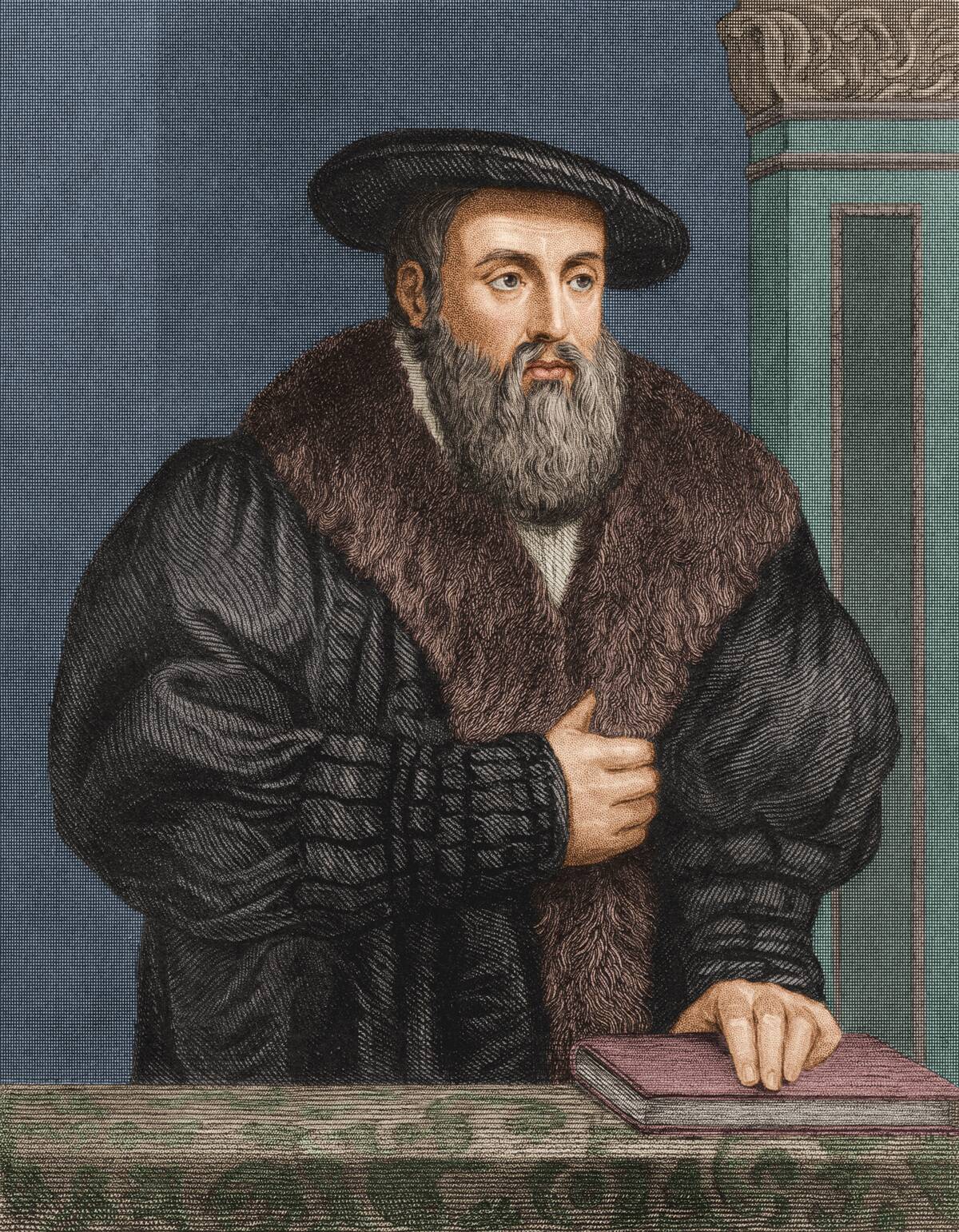
A. Copernicus
B. Galileo Galilei
C. Johannes Kepler
D. Tycho Brahe
Answer: Johannes Kepler
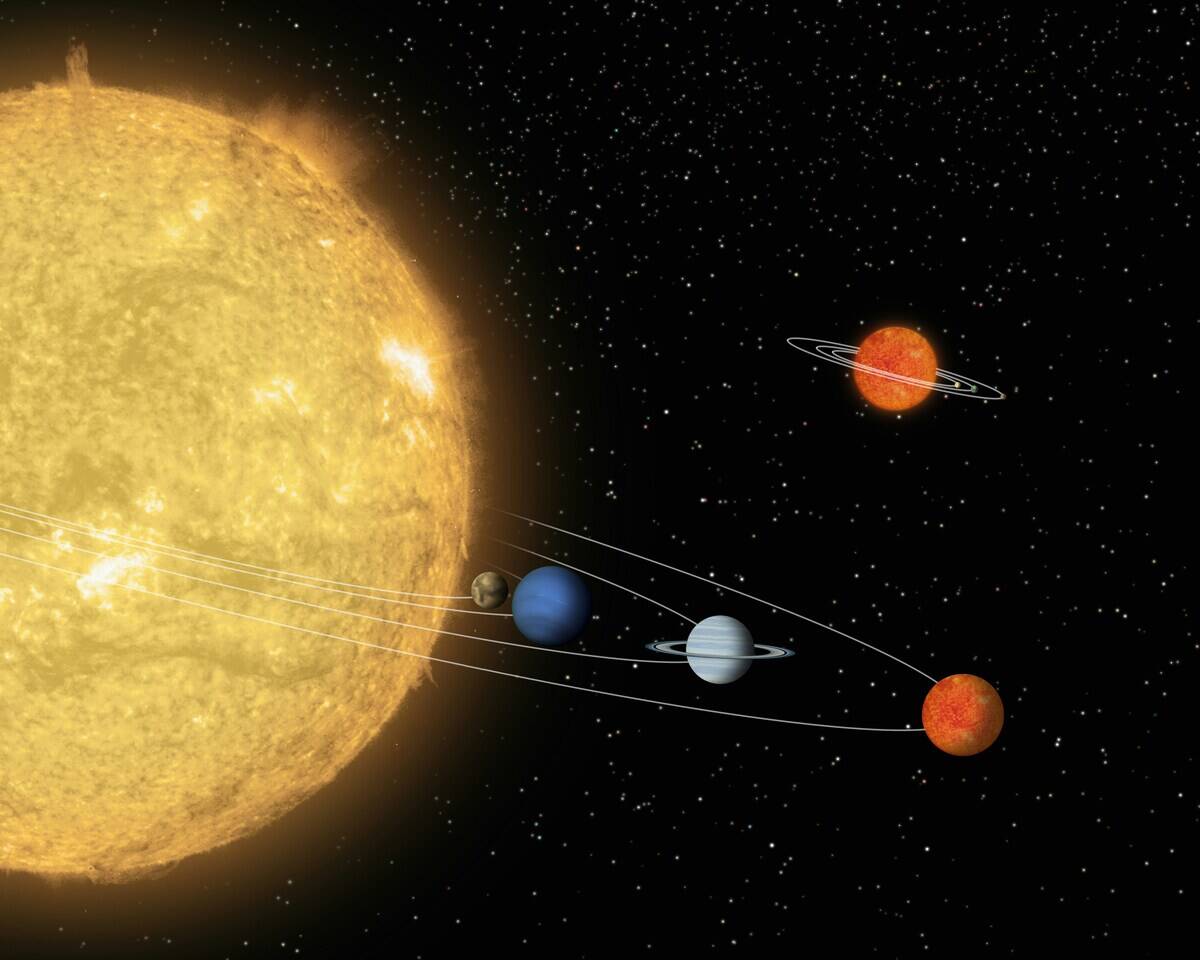
Johannes Kepler, a German mathematician and astronomer, made significant contributions to celestial mechanics. His laws of planetary motion revolutionized our understanding of the solar system, laying the groundwork for modern astronomy and science during the Renaissance.
The Renaissance was a period of increased what?
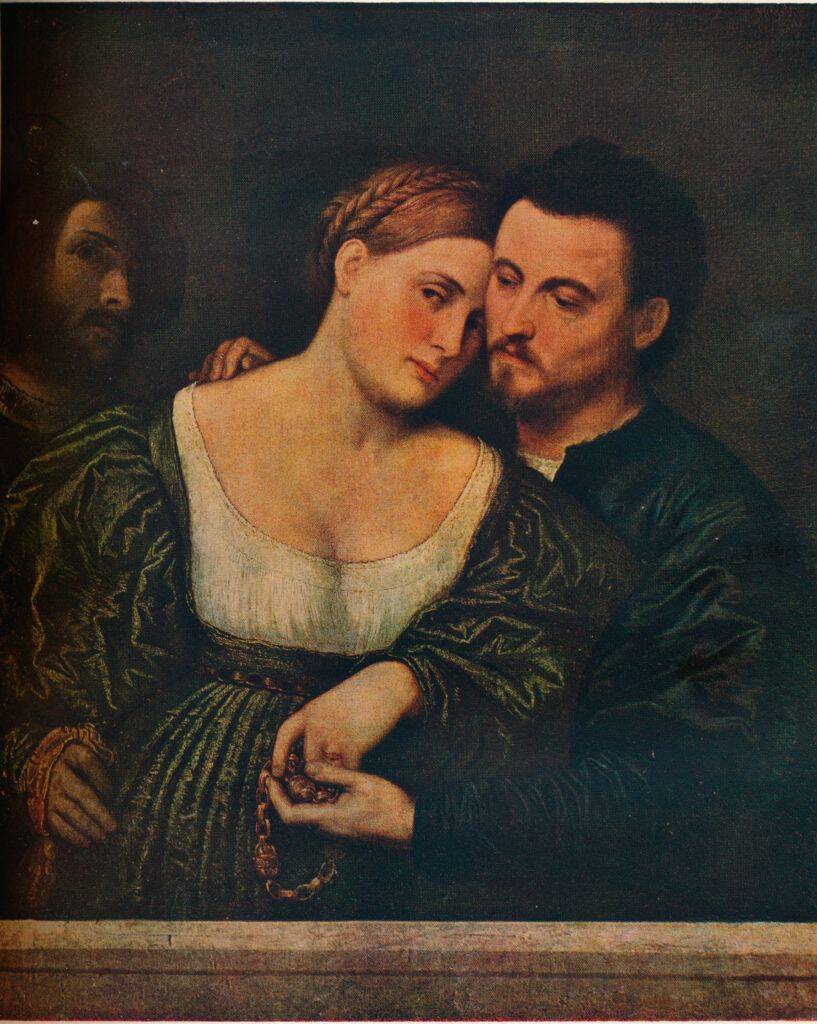
A. superstition
B. feudalism
C. isolationism
D. secularism
Answer: secularism
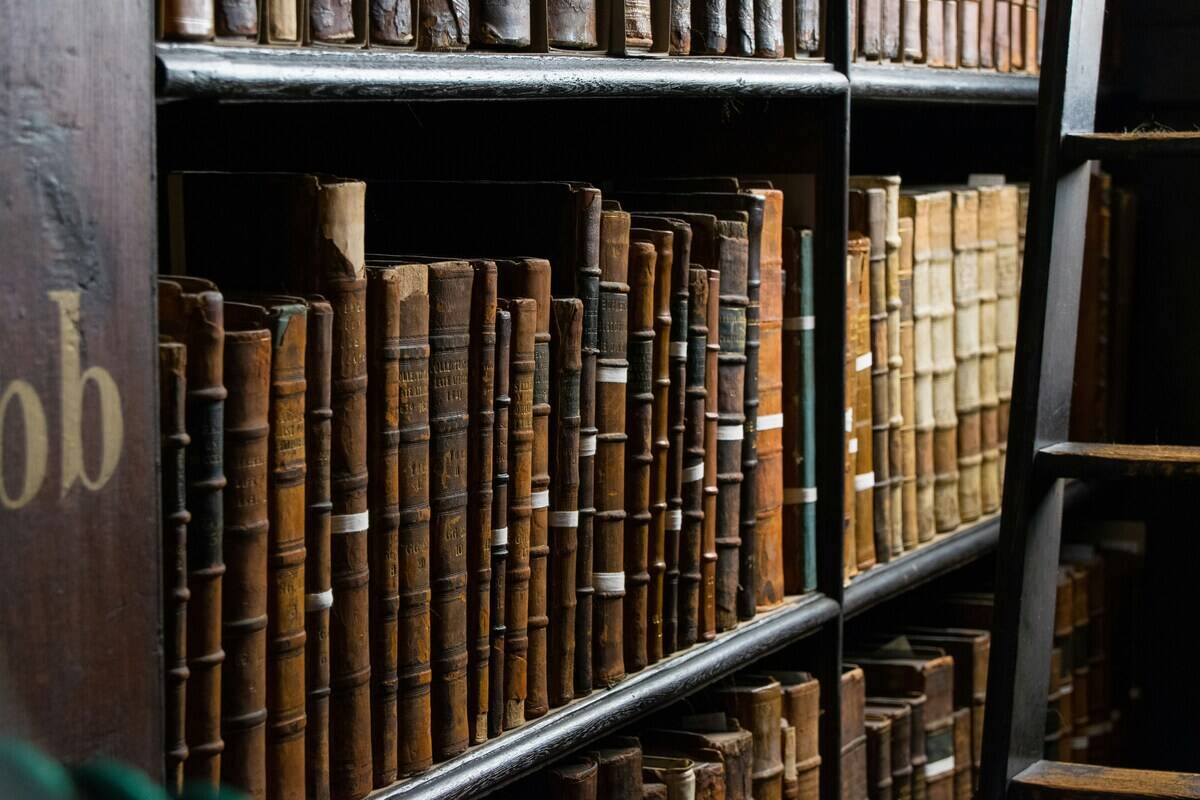
Secularism is a principle advocating for the separation of religion from governmental and societal affairs. It emphasizes the neutrality of the state in religious matters and promotes a focus on civic and non-religious concerns, fostering diversity and individual freedom of belief.
What artistic technique, characterized by the gradual blending of colors, is often associated with Leonardo da Vinci?
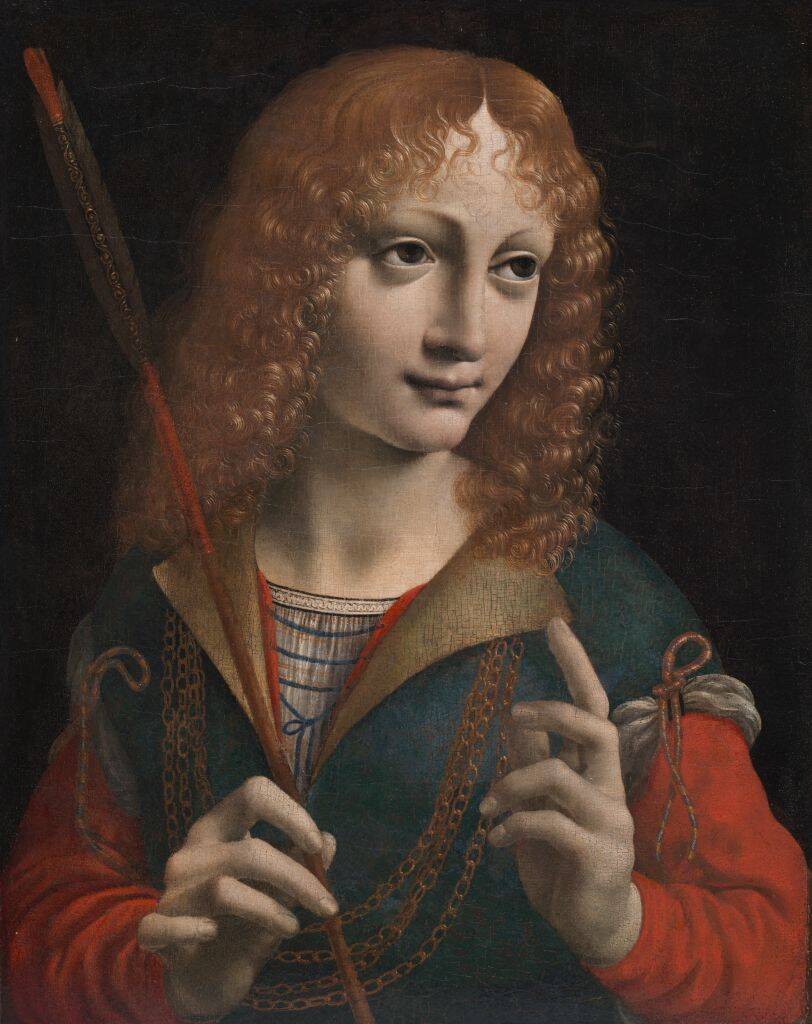
A. Sfumato
B. Impasto
C. Pointillism
D. Chiaroscuro
Answer: Sfumato
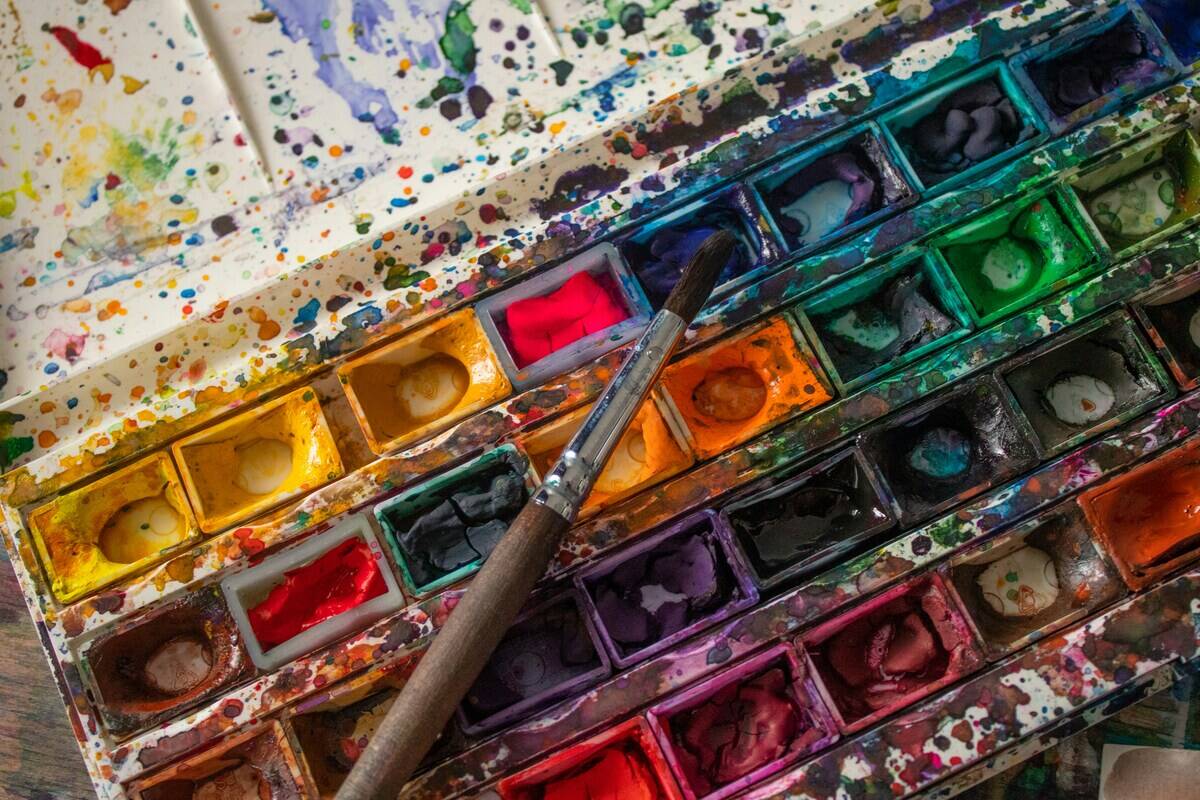
Sfumato is an artistic technique closely associated with Leonardo da Vinci. It involves the subtle blending of colors and tones to create soft transitions and hazy edges in paintings. This technique adds depth and realism to the subjects, exemplifying the Renaissance’s emphasis on detail and naturalism.
Which country was Renaissance artist Albrecht Dürer from?
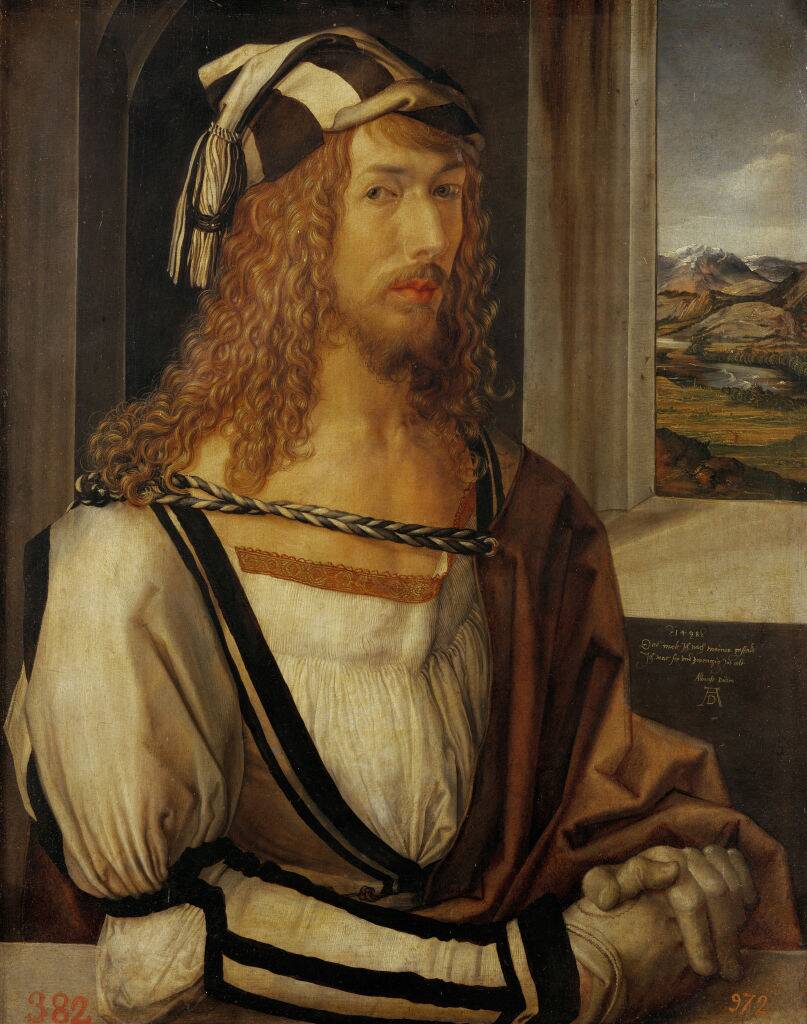
A. Italy
B. Germany
C. Spain
D. France
Answer: Germany
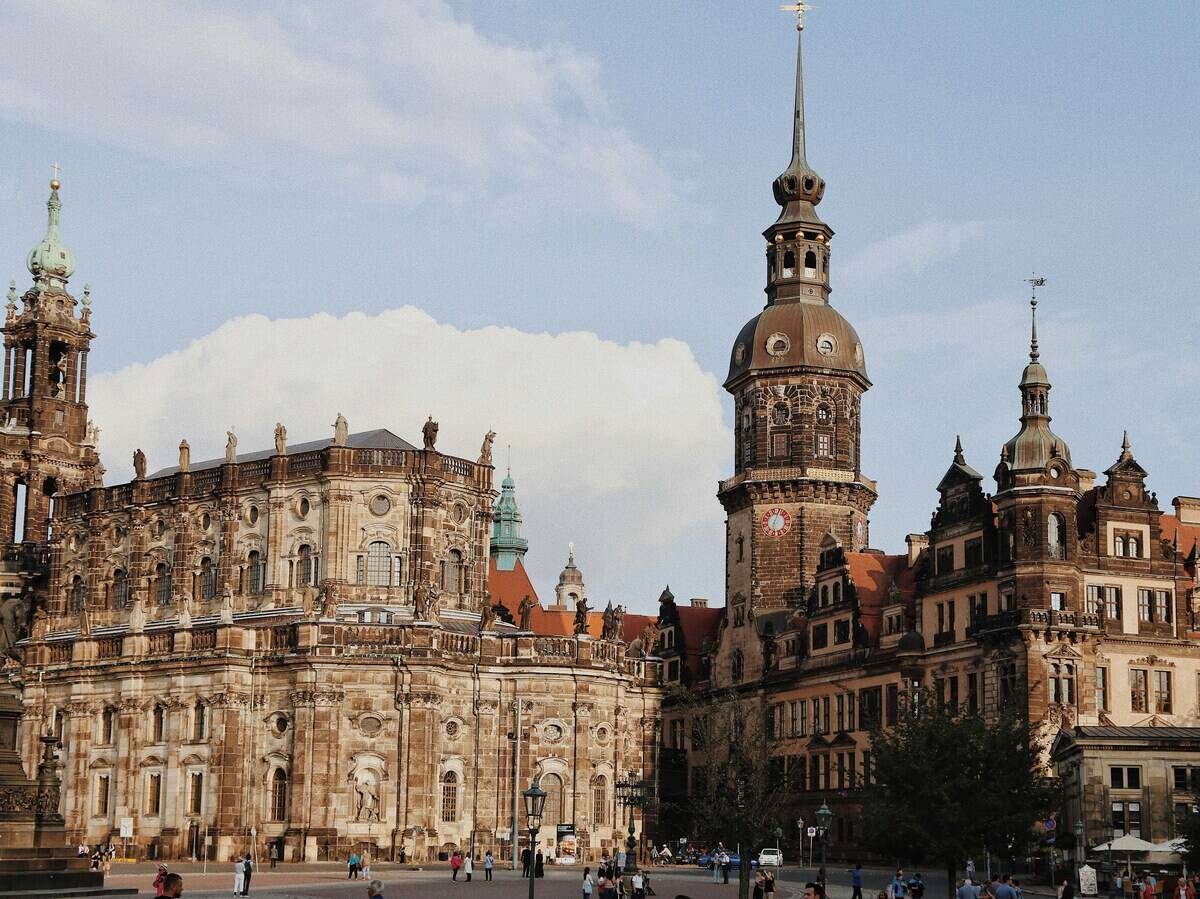
Albrecht Dürer was a German Renaissance artist renowned for his meticulous engravings, woodcuts, and paintings. His work bridged Northern European and Italian Renaissance styles, contributing significantly to the art world and making him one of the era’s most influential figures.
Who is known for his pioneering work in linear perspective?
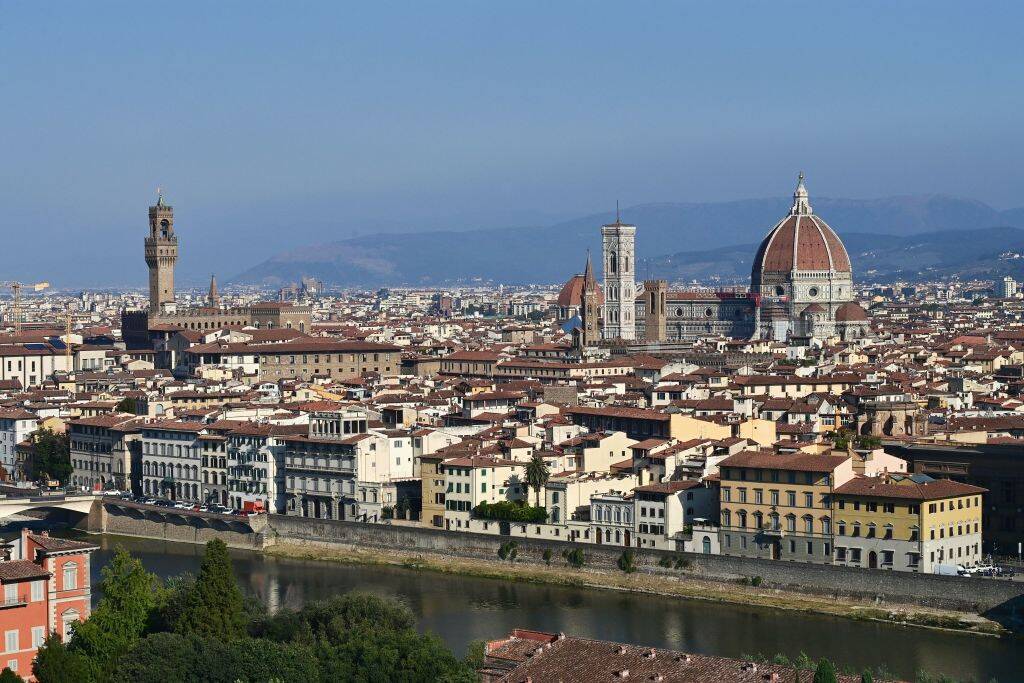
A. Donatello
B. Leonardo da Vinci
C. Filippo Brunelleschi
D. Raphael
Answer: Filippo Brunelleschi
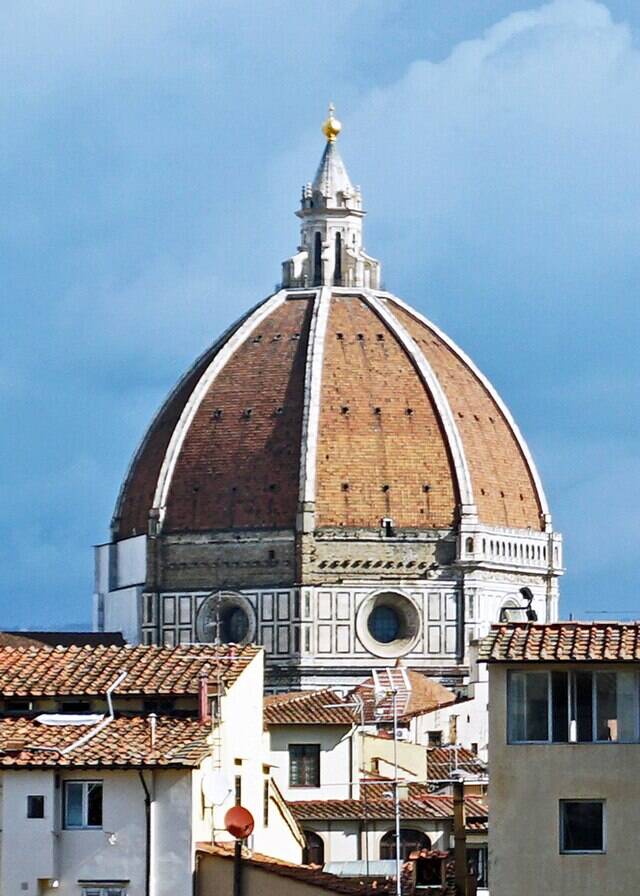
Filippo Brunelleschi was an Italian architect and engineer during the Renaissance. His pioneering work in linear perspective transformed art and architecture, allowing for realistic spatial representation. He also designed the iconic dome of Florence Cathedral, an architectural marvel.
The Renaissance is often considered a bridge between which two historical periods?
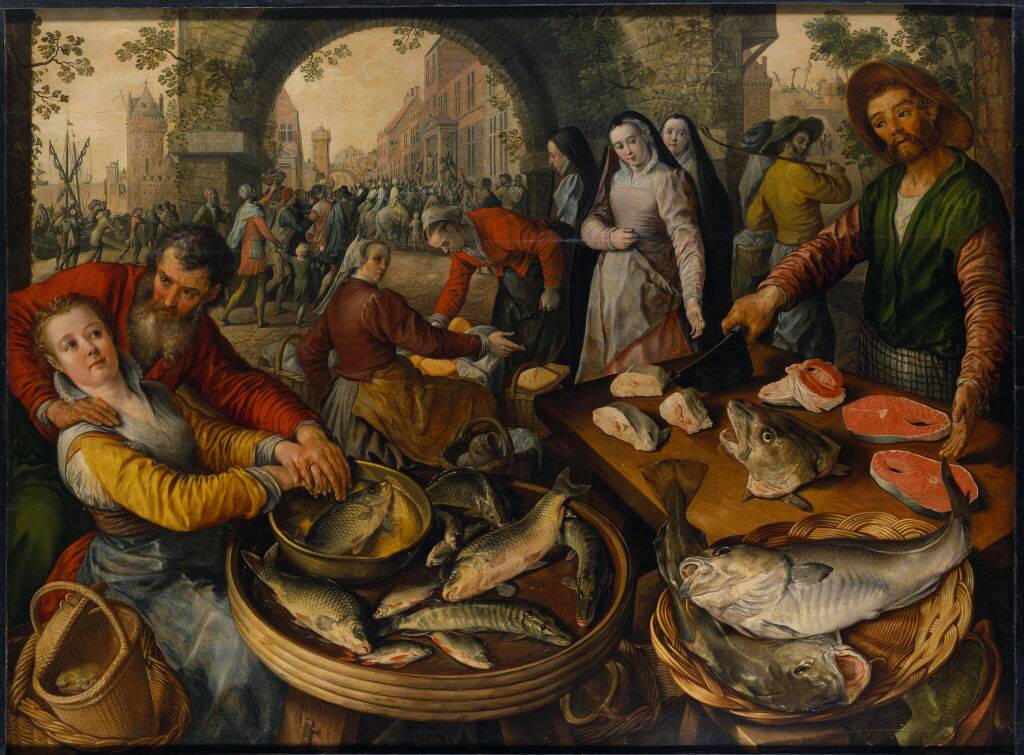
A. Ancient Greece and the Middle Ages
B. The Enlightenment and the Industrial Revolution
C. The Industrial Revolution and the Modern Era
D. The Middle Ages and the Enlightenment
Answer: The Middle Ages and the Enlightenment
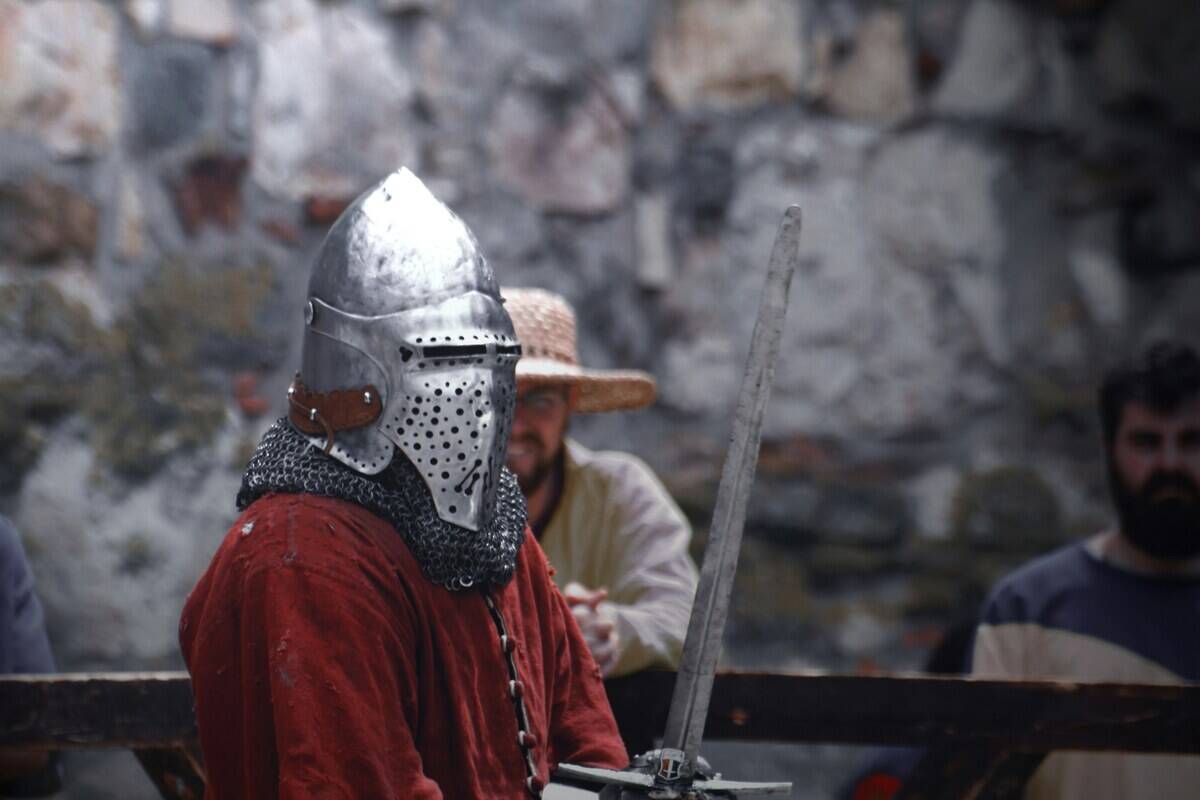
The Renaissance marked a transition from the Middle Ages to the Enlightenment, fostering cultural and intellectual advancements that shaped future eras. It celebrated human potential, spurred artistic achievements, and fostered the pursuit of knowledge.
